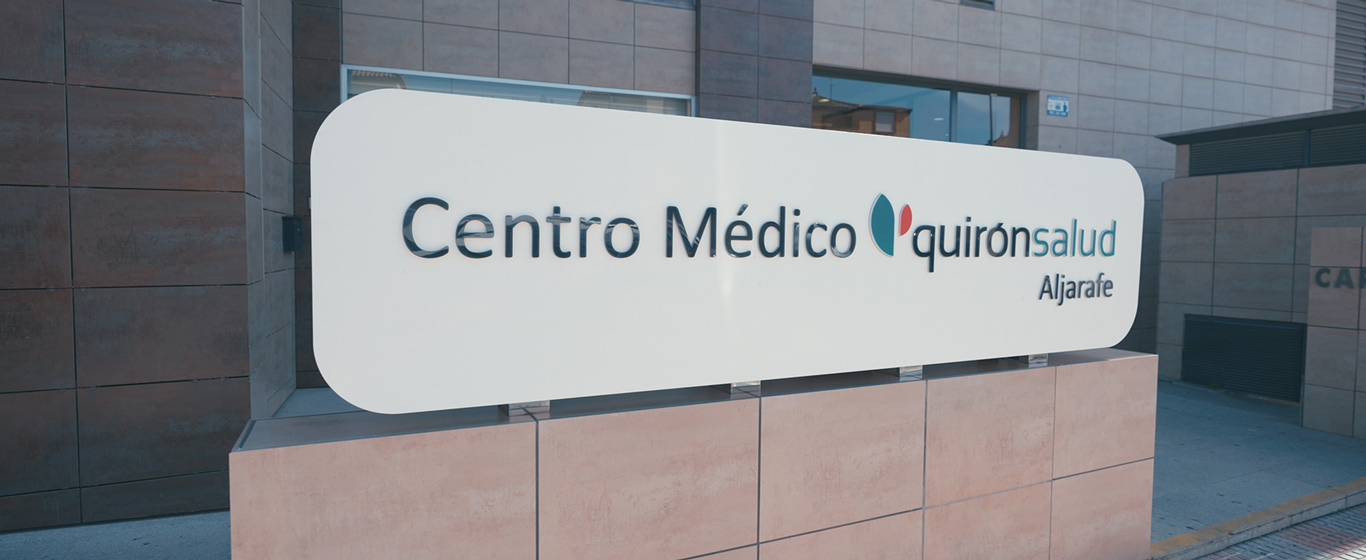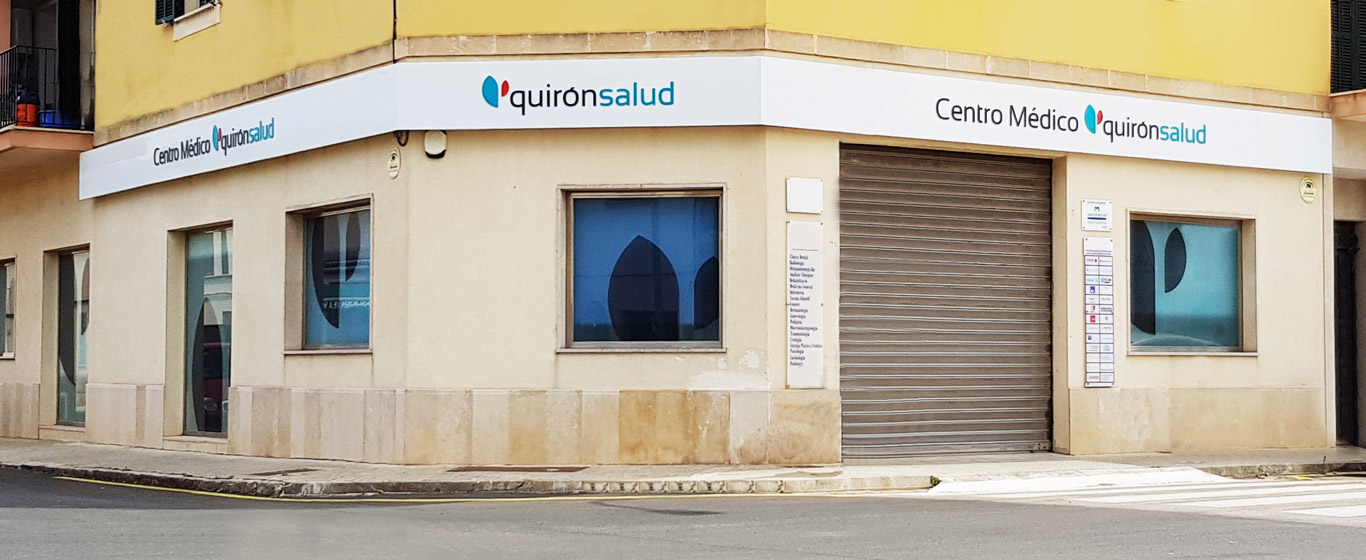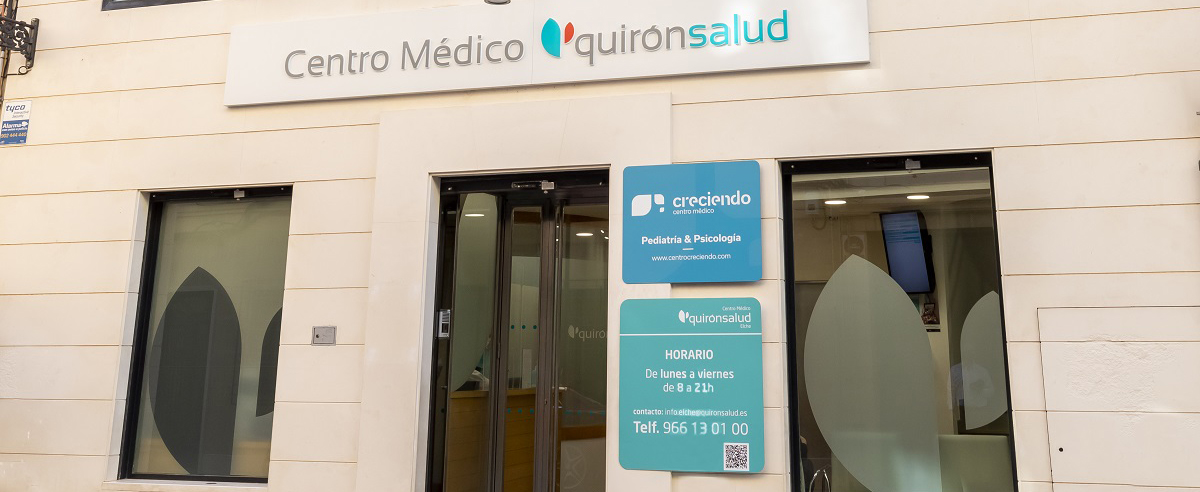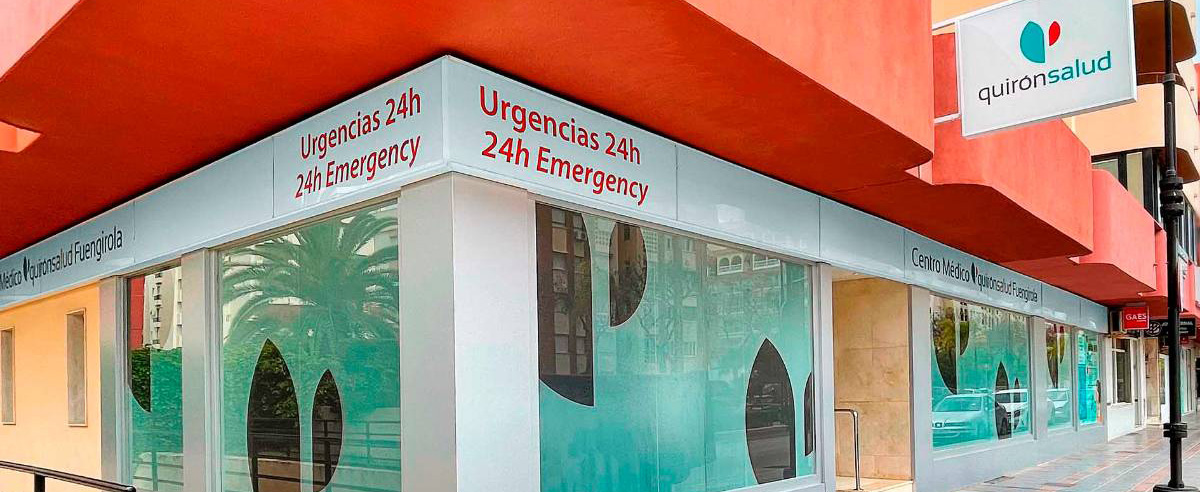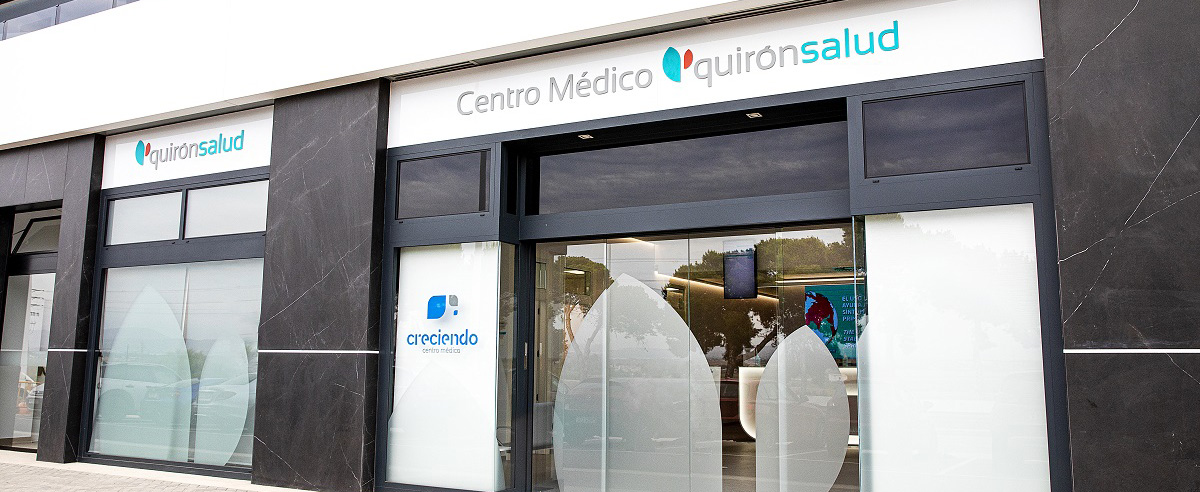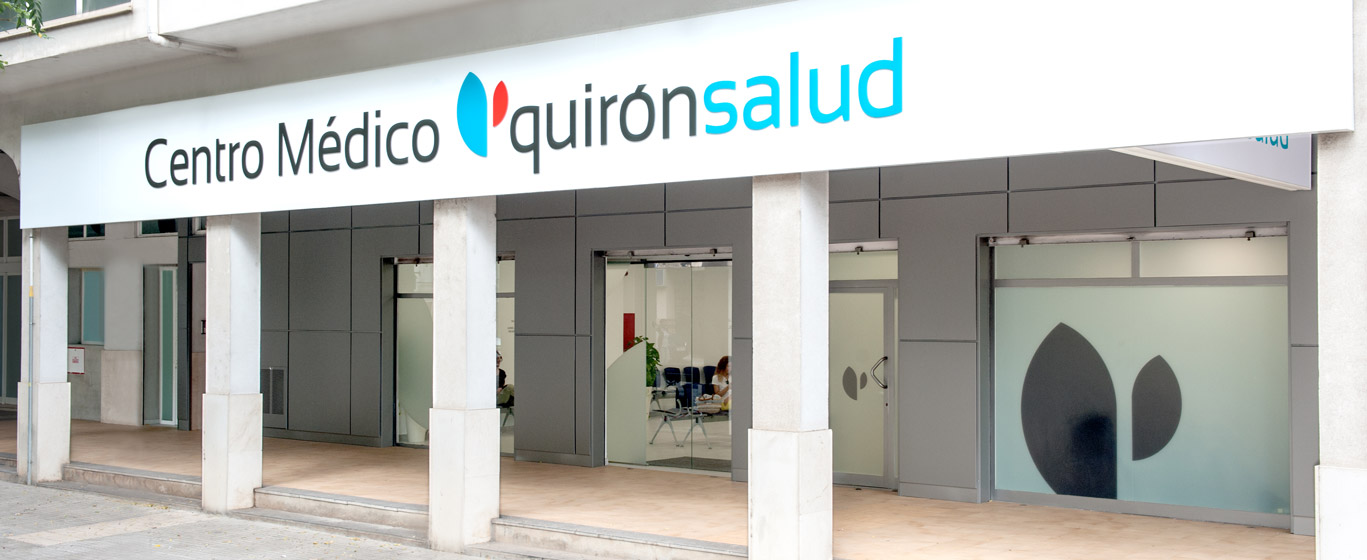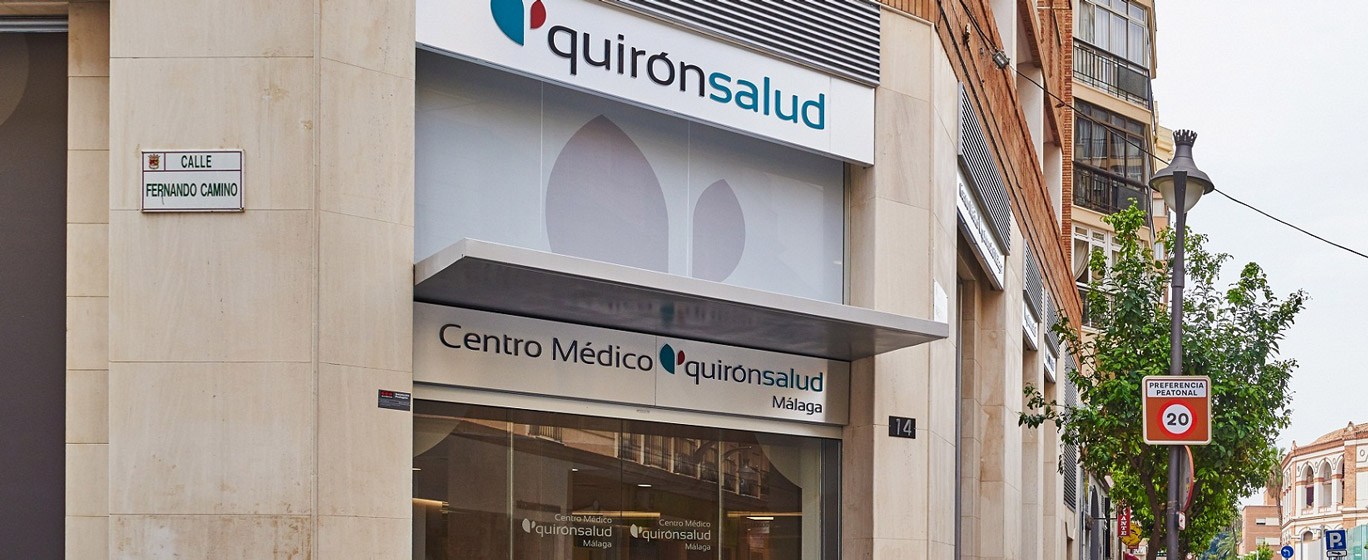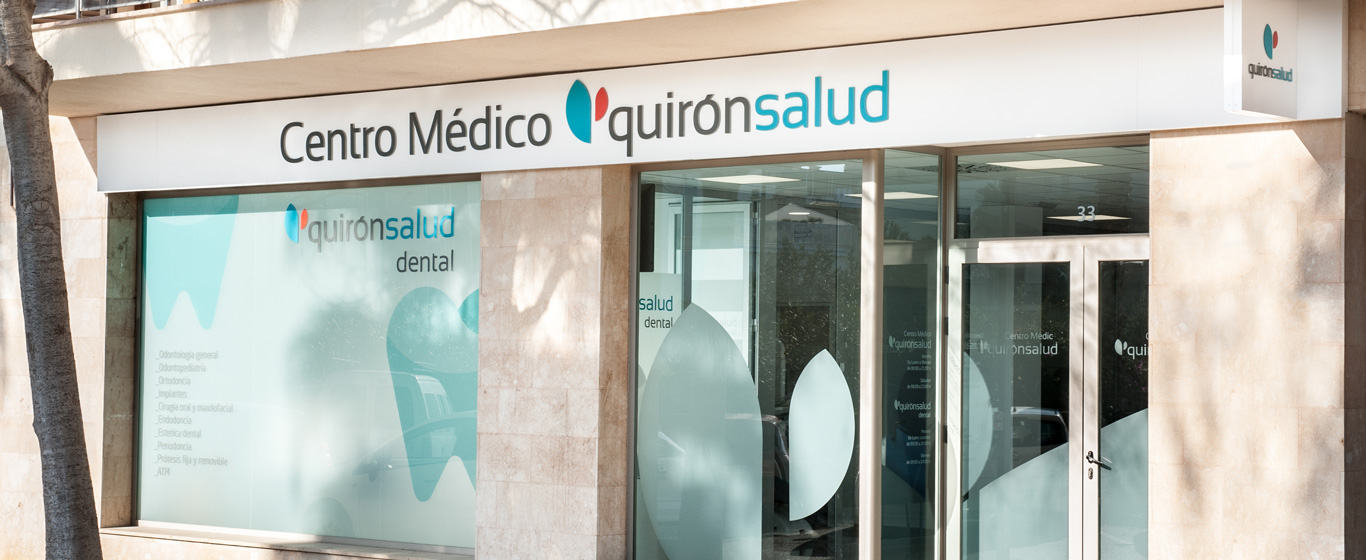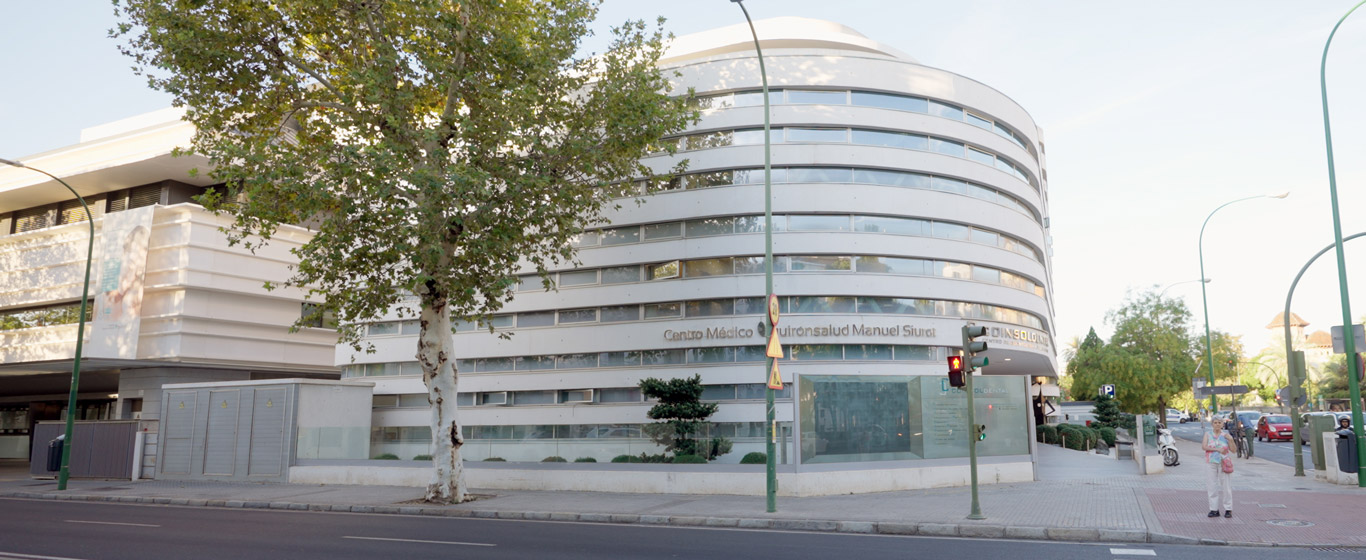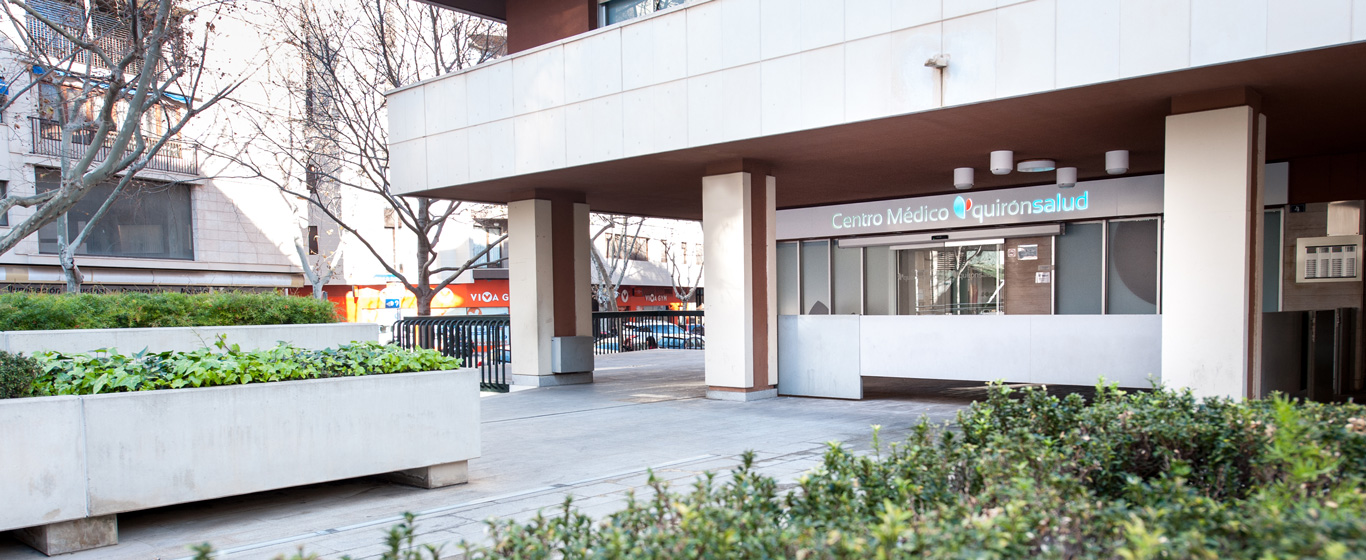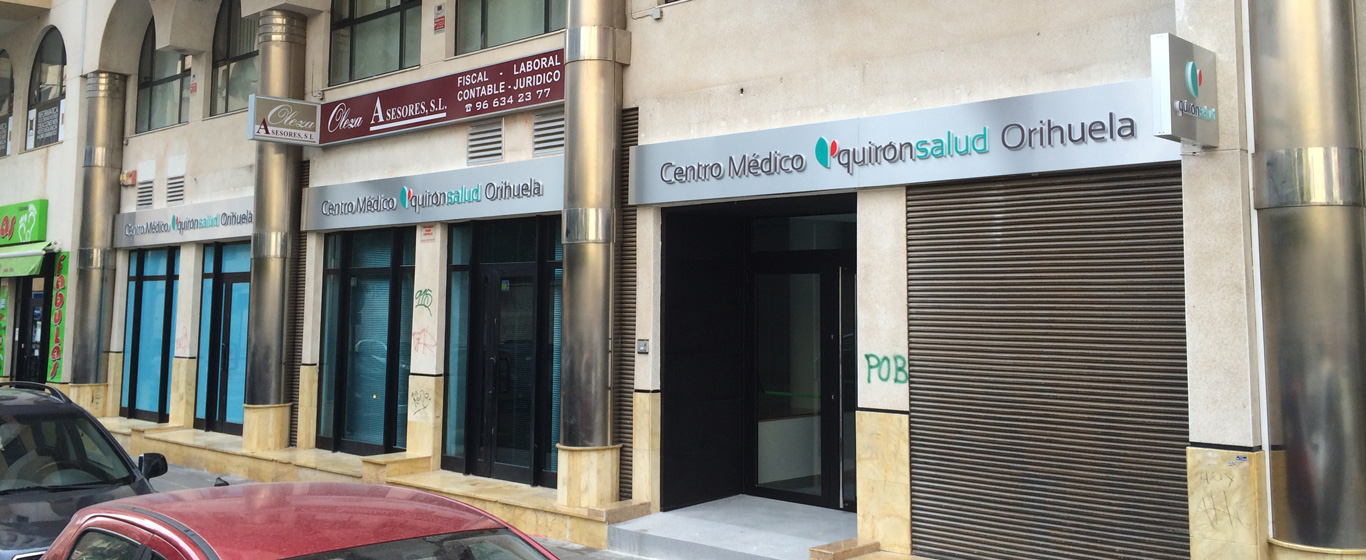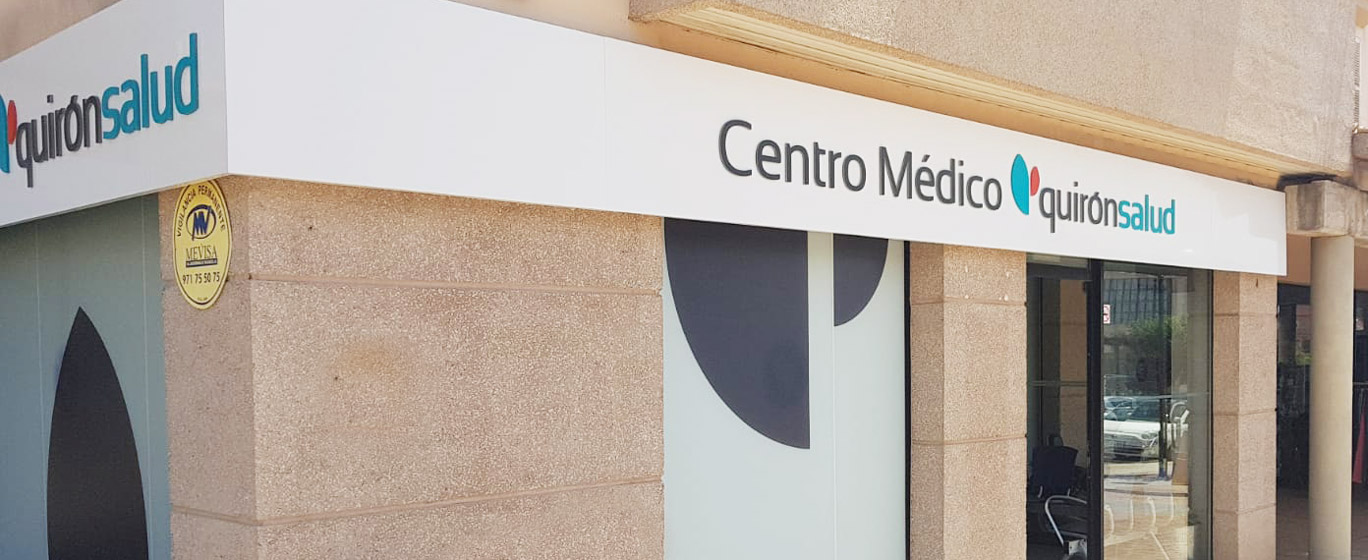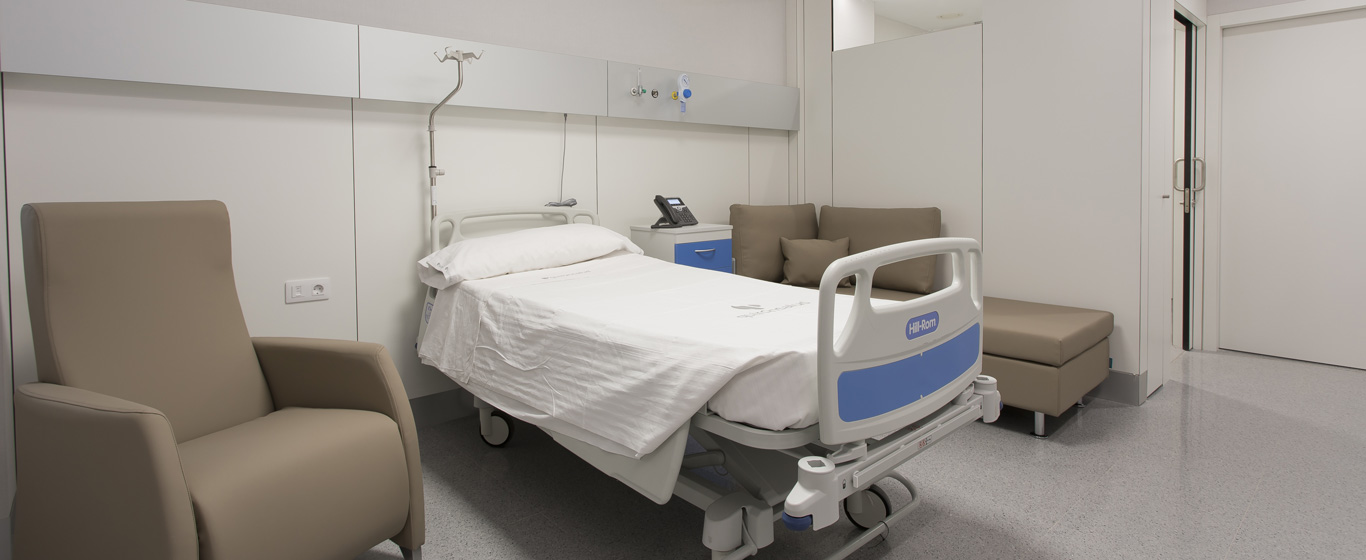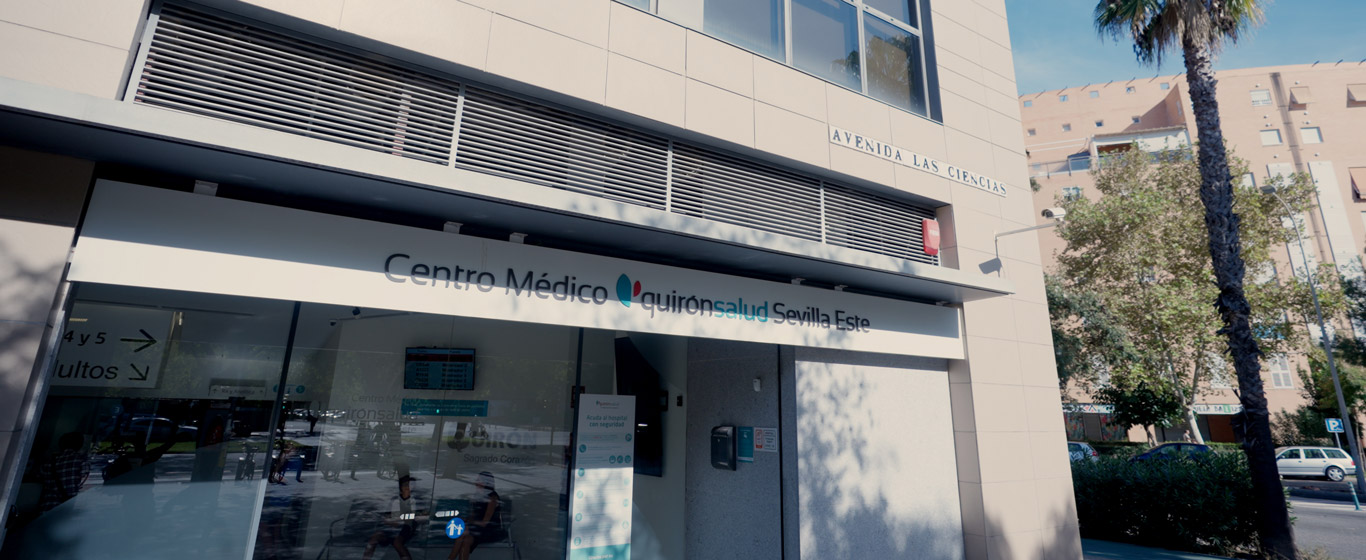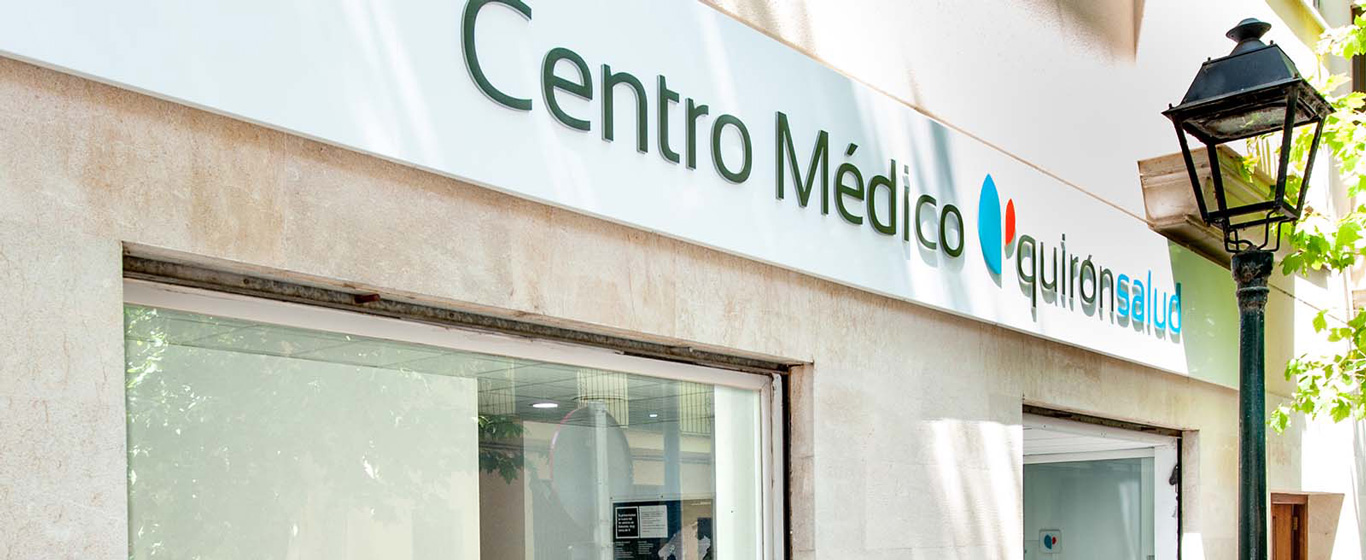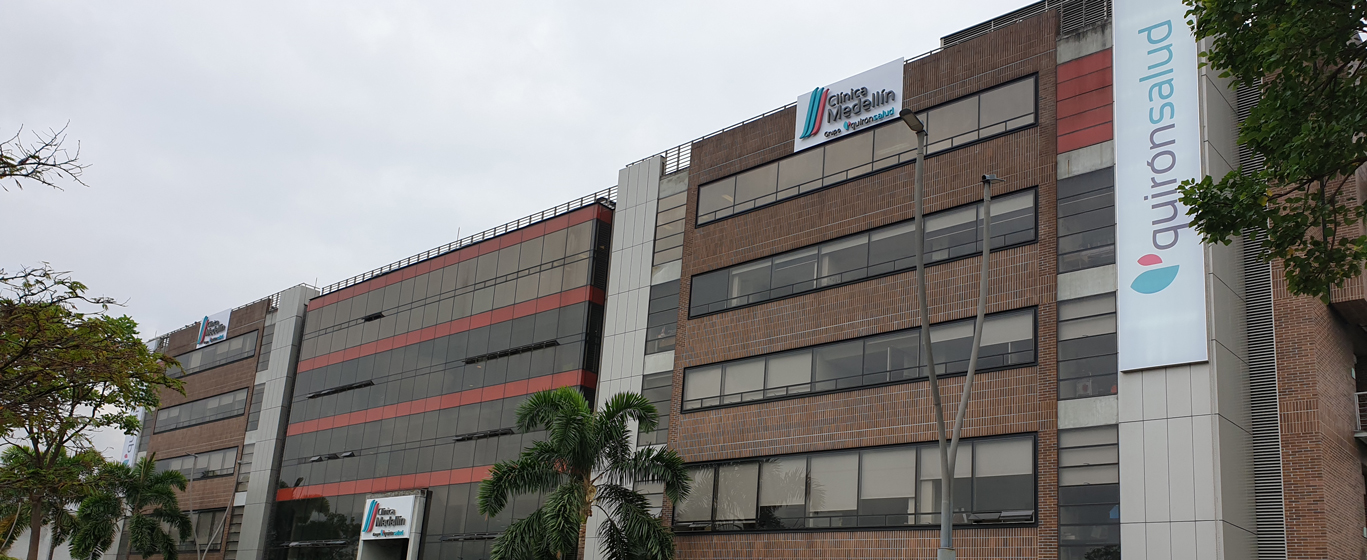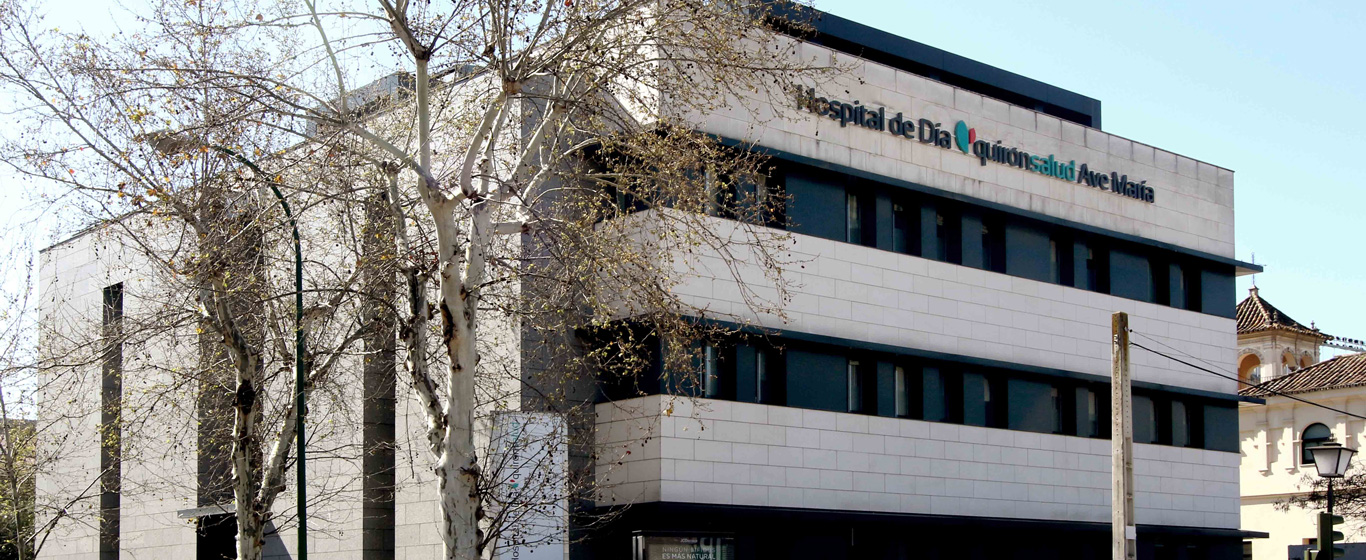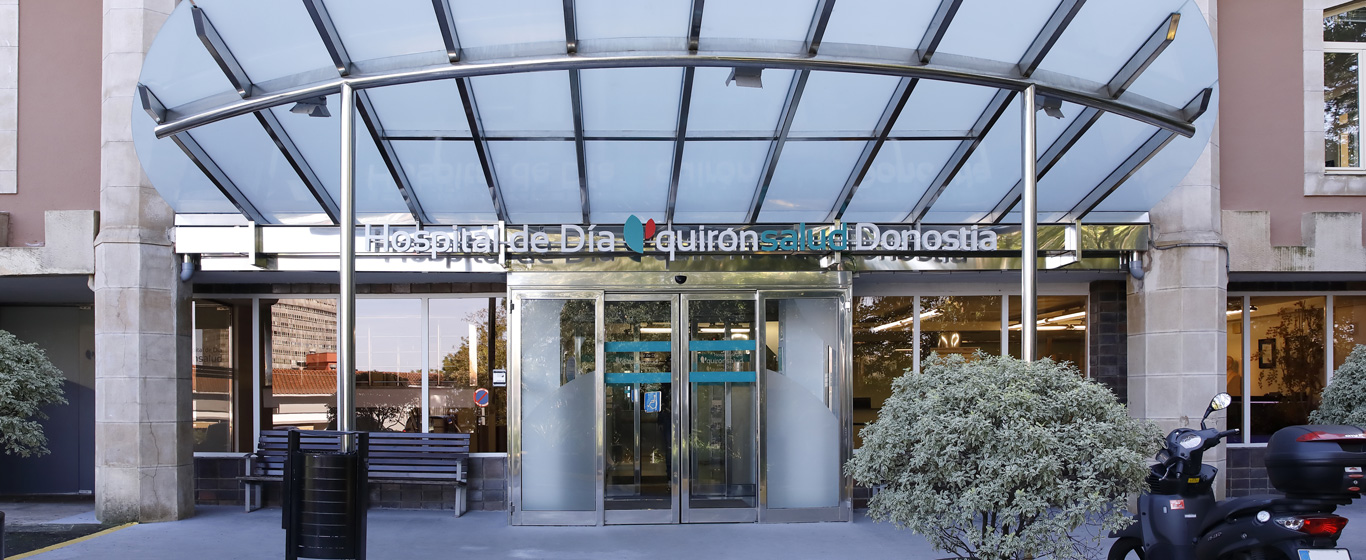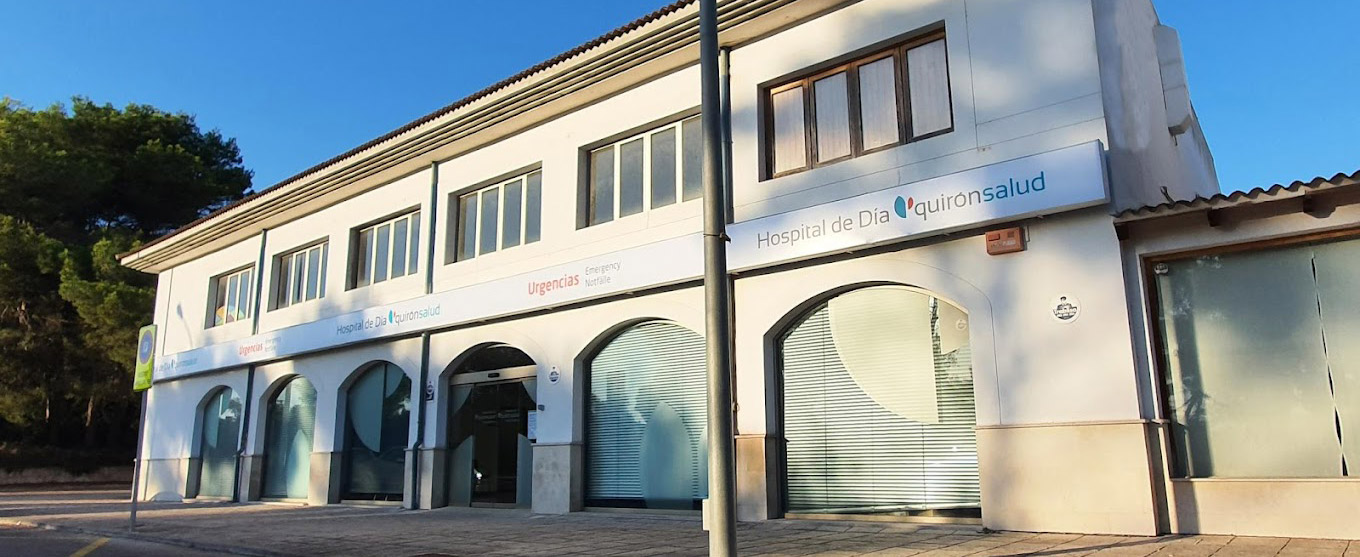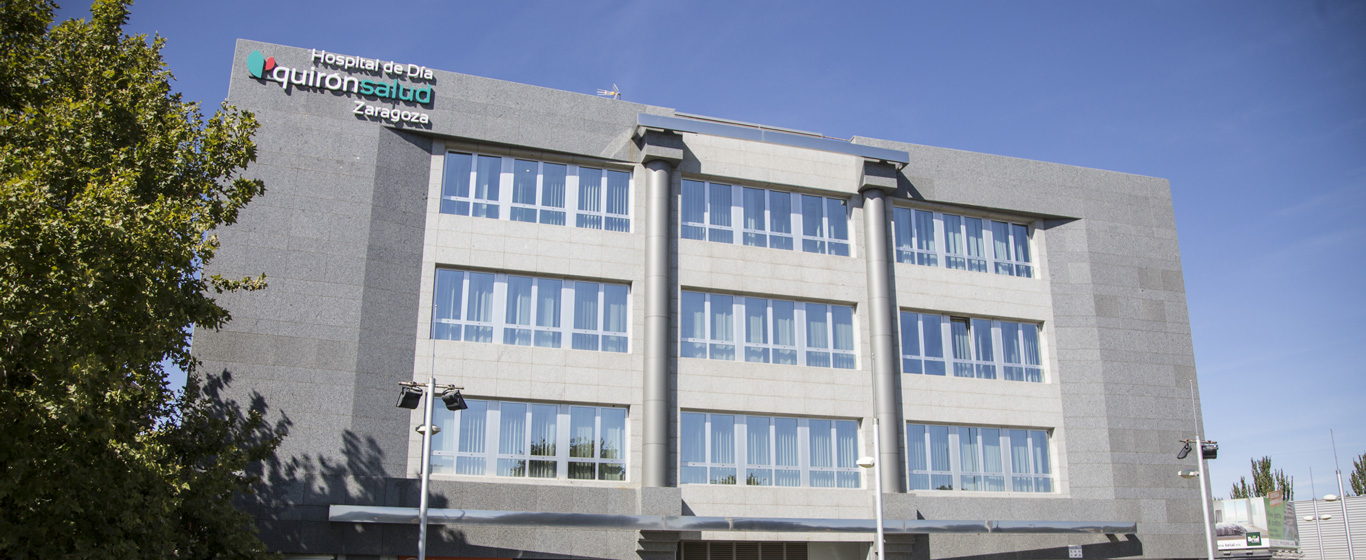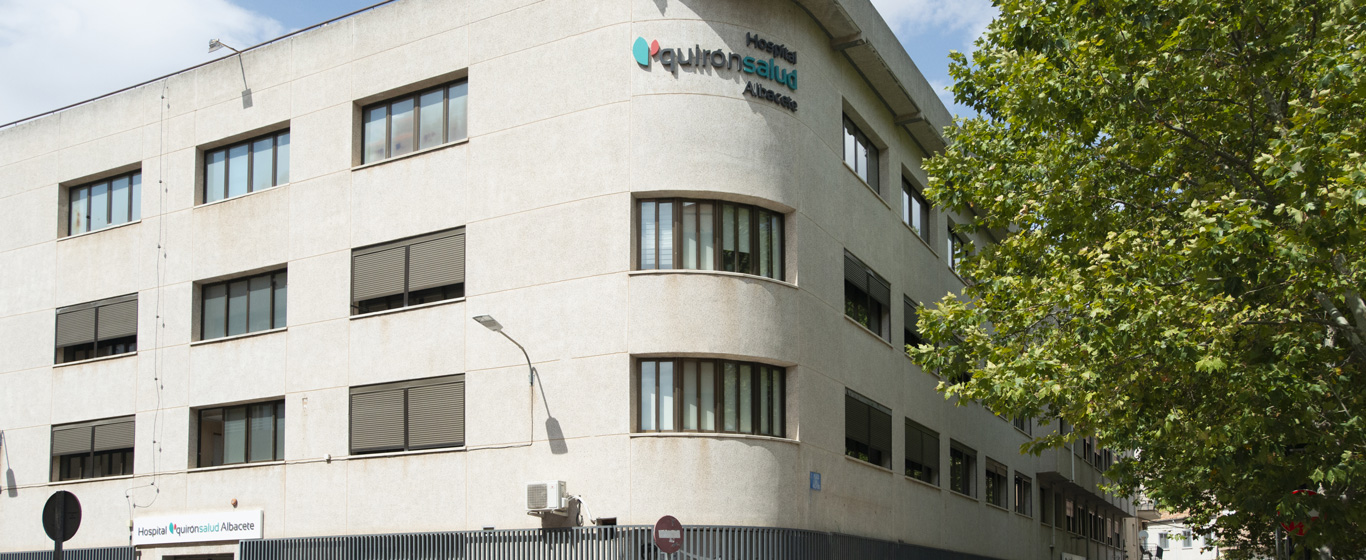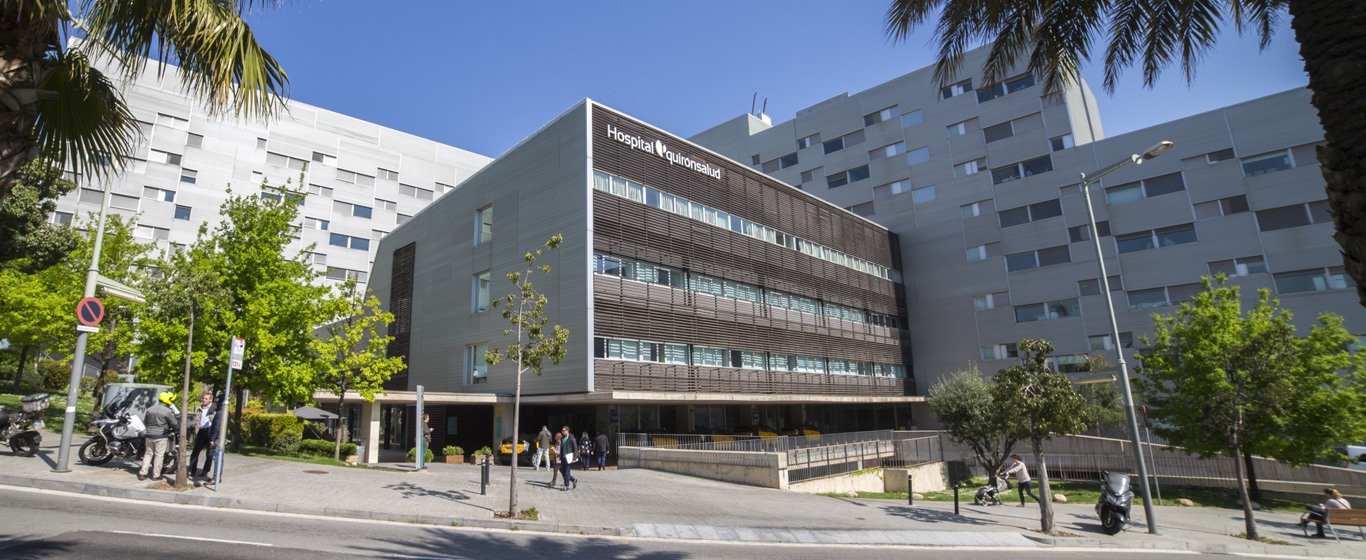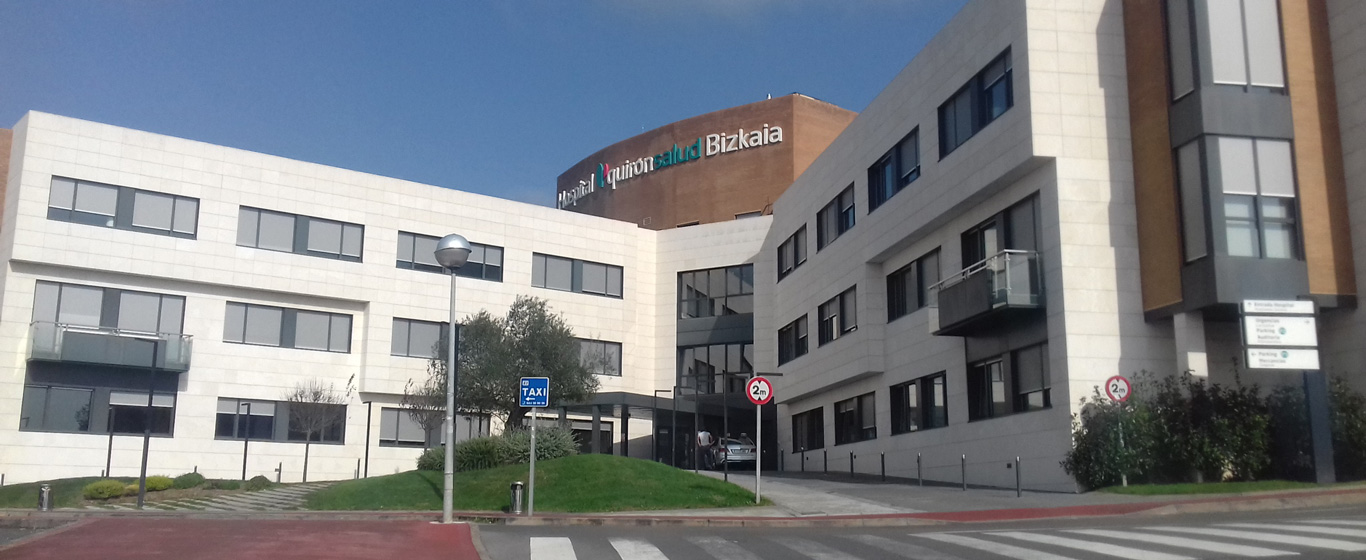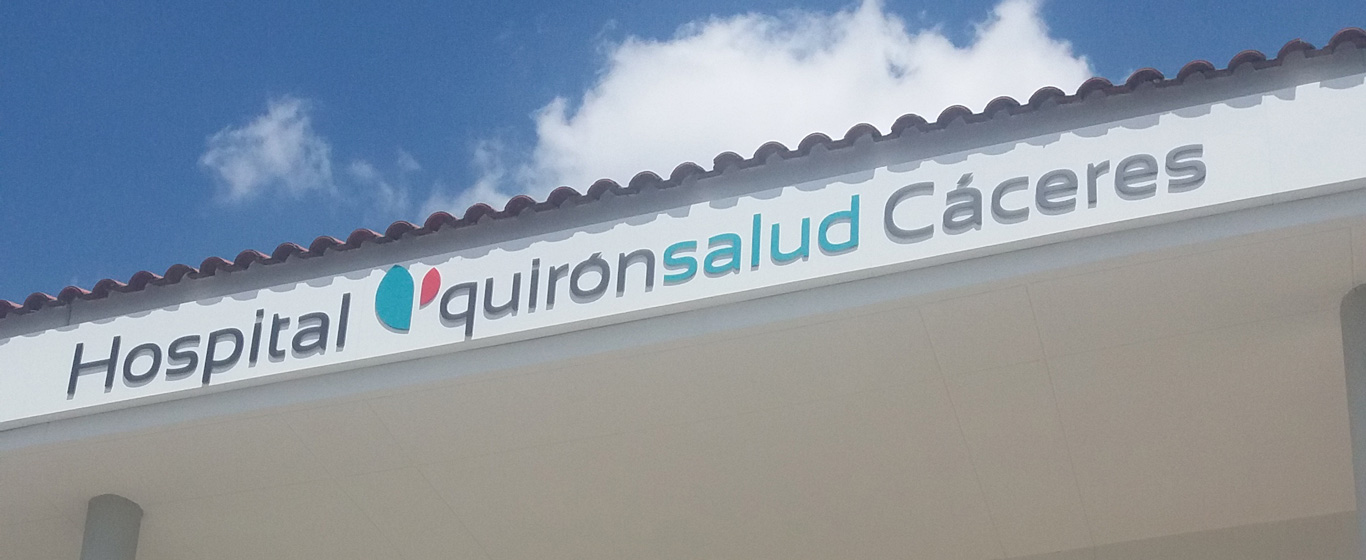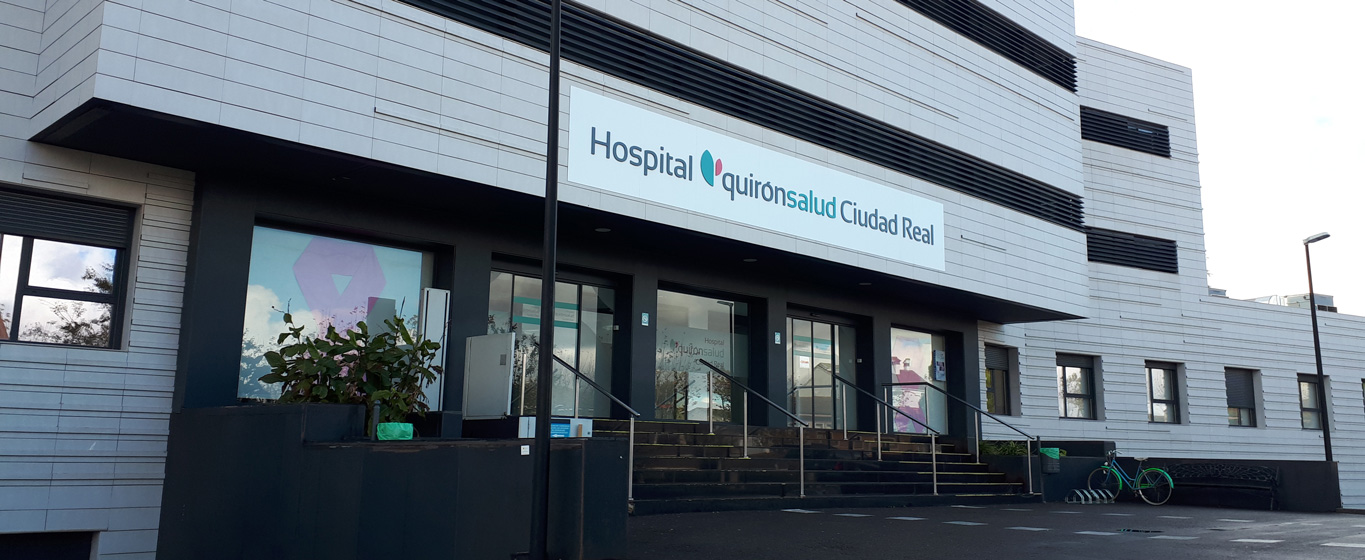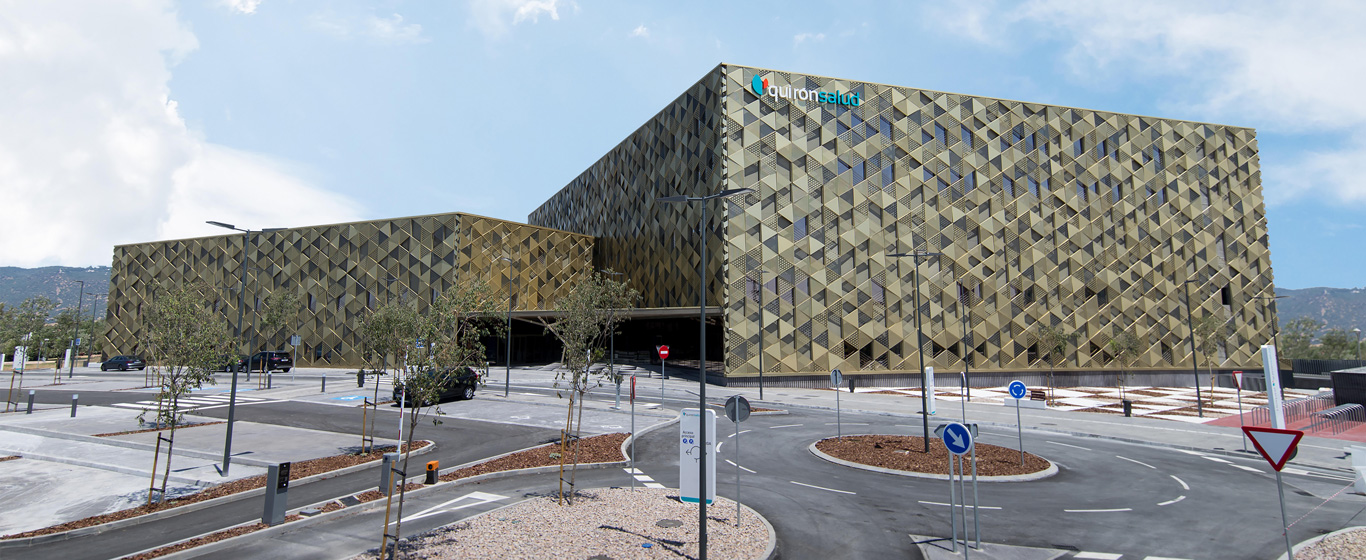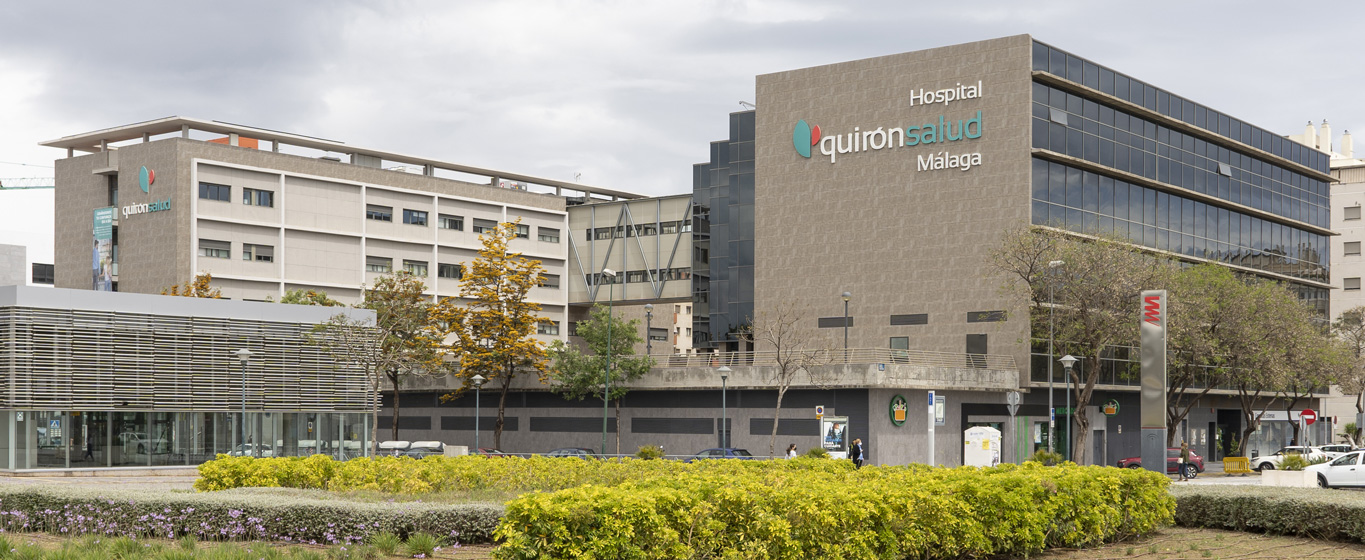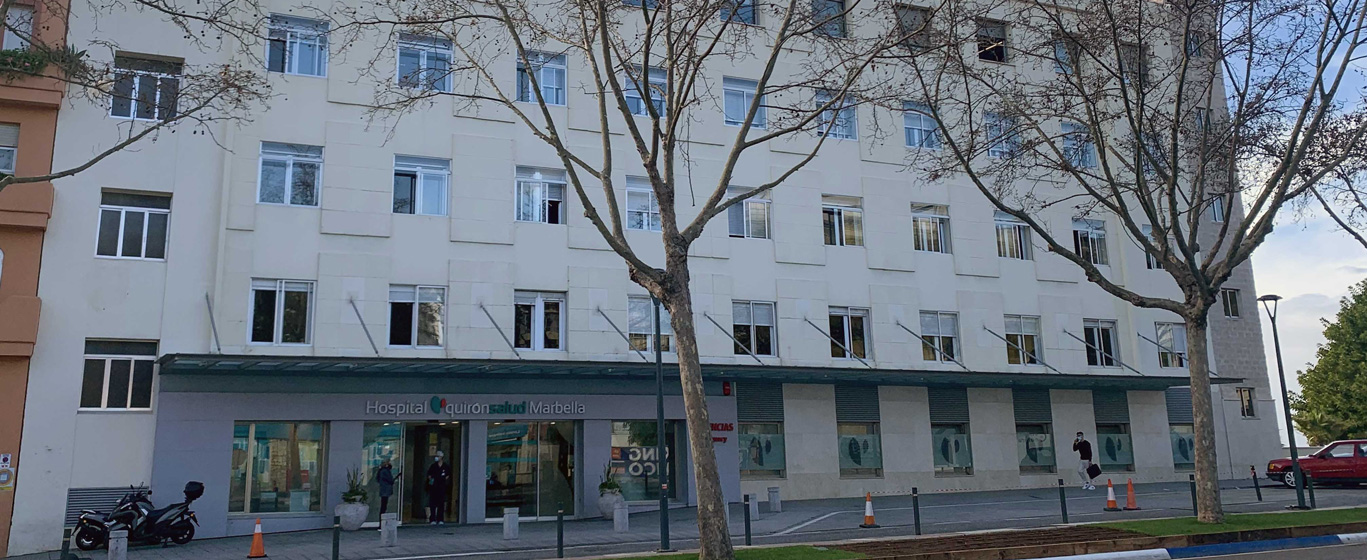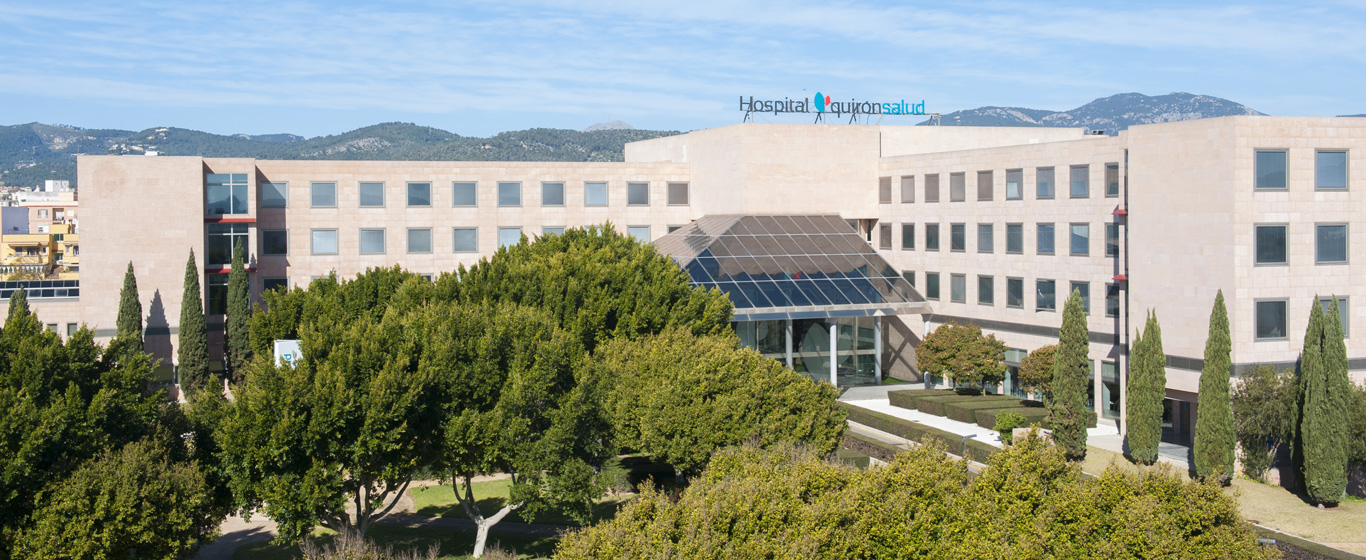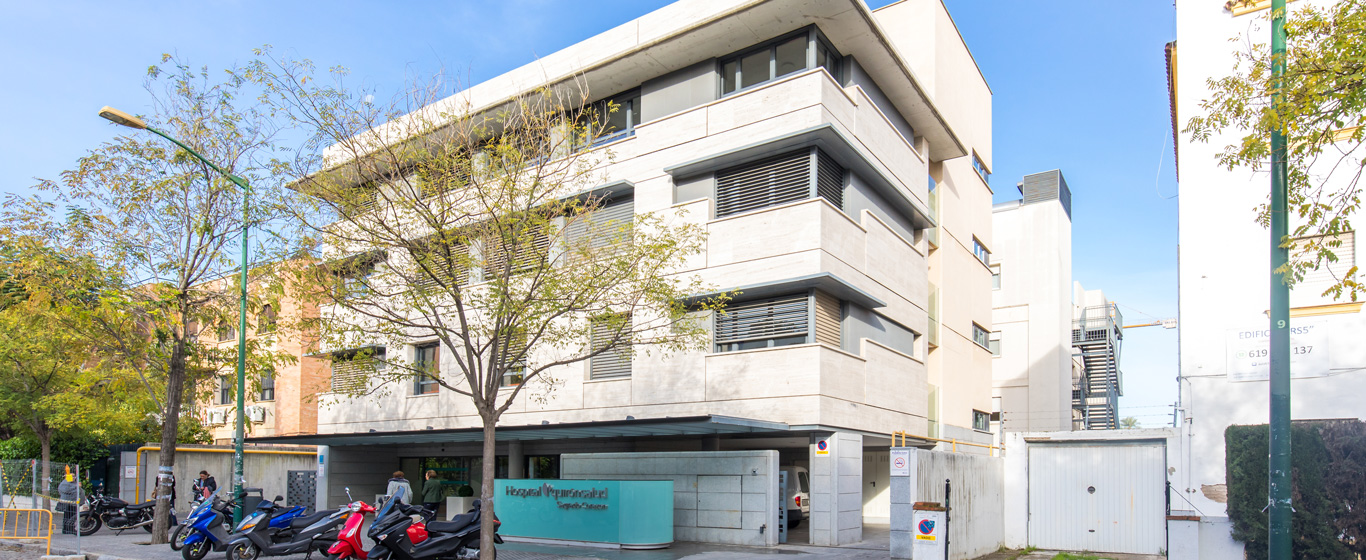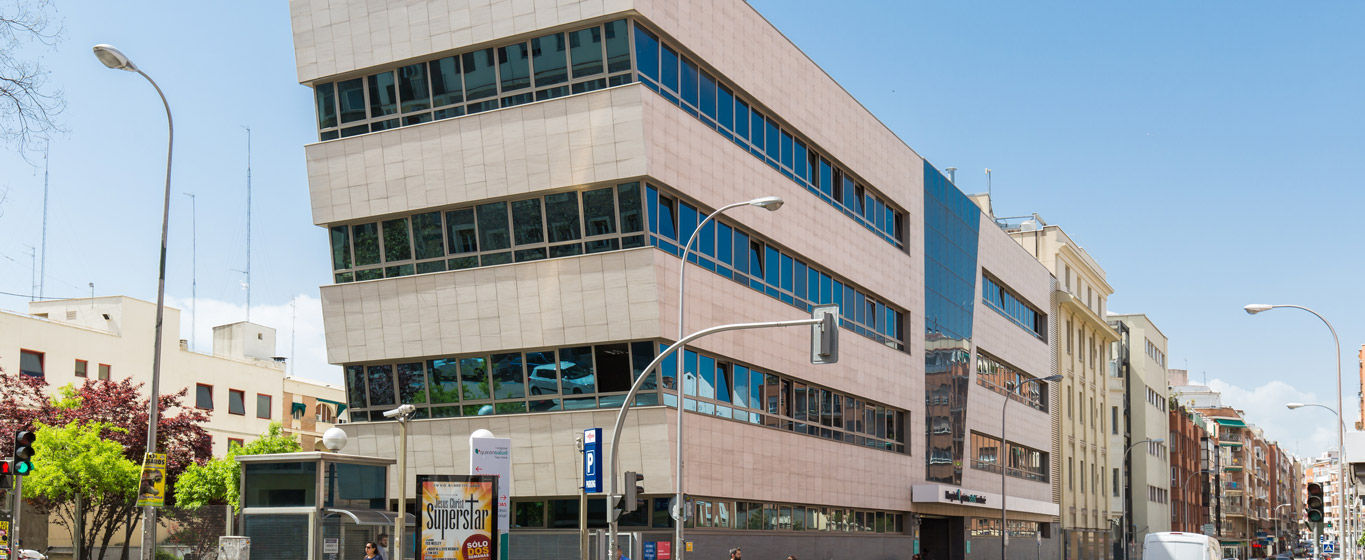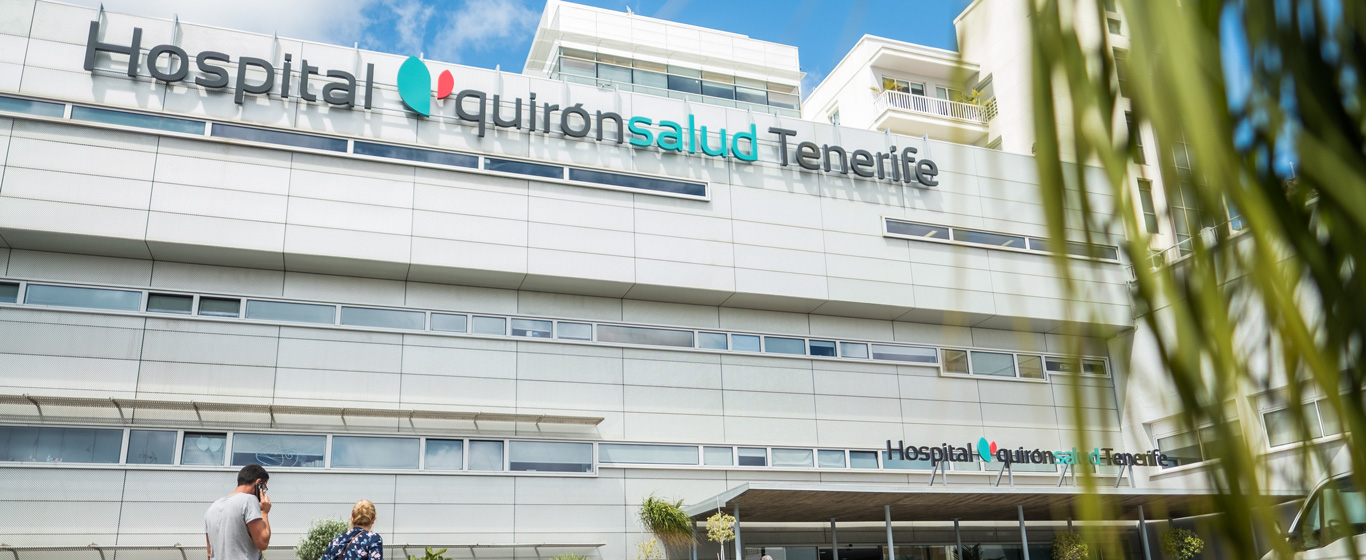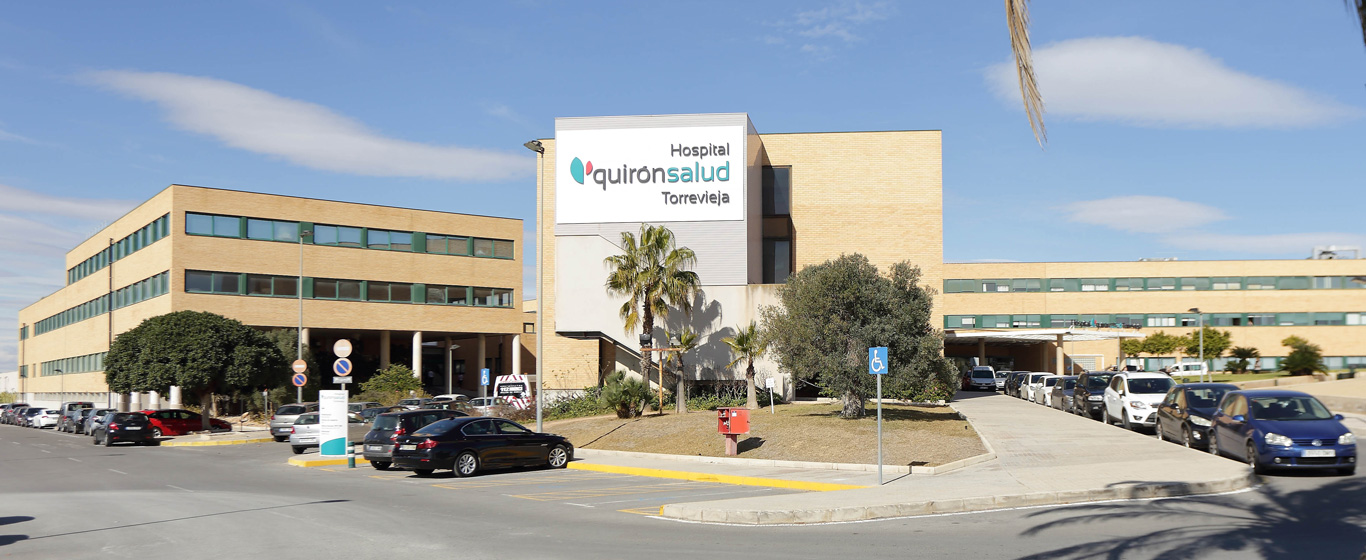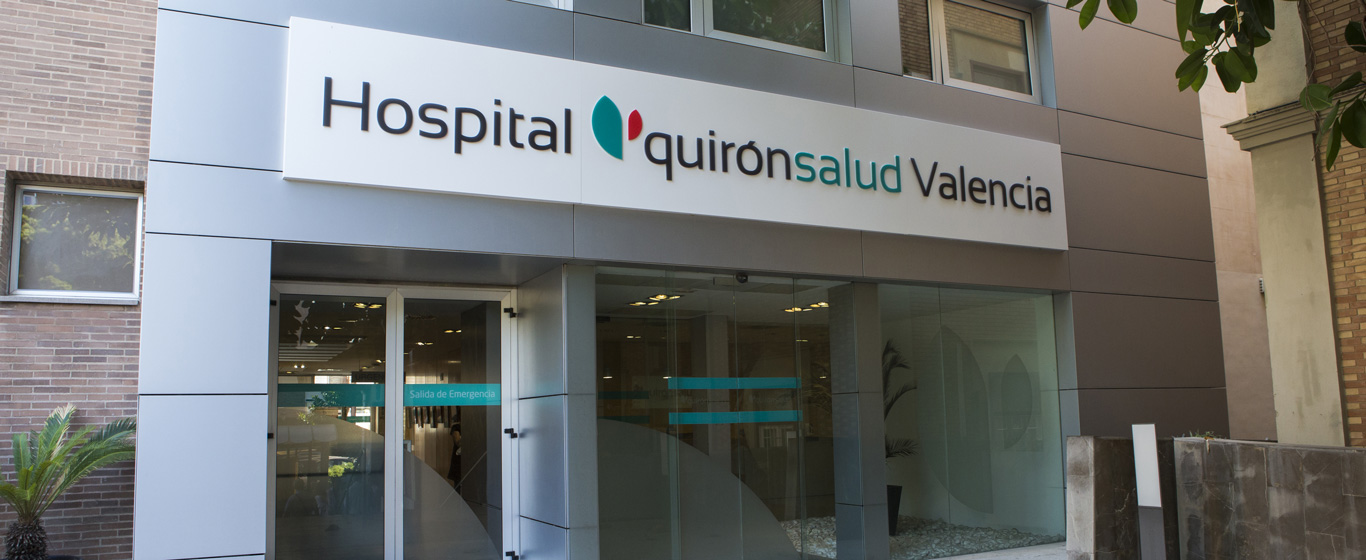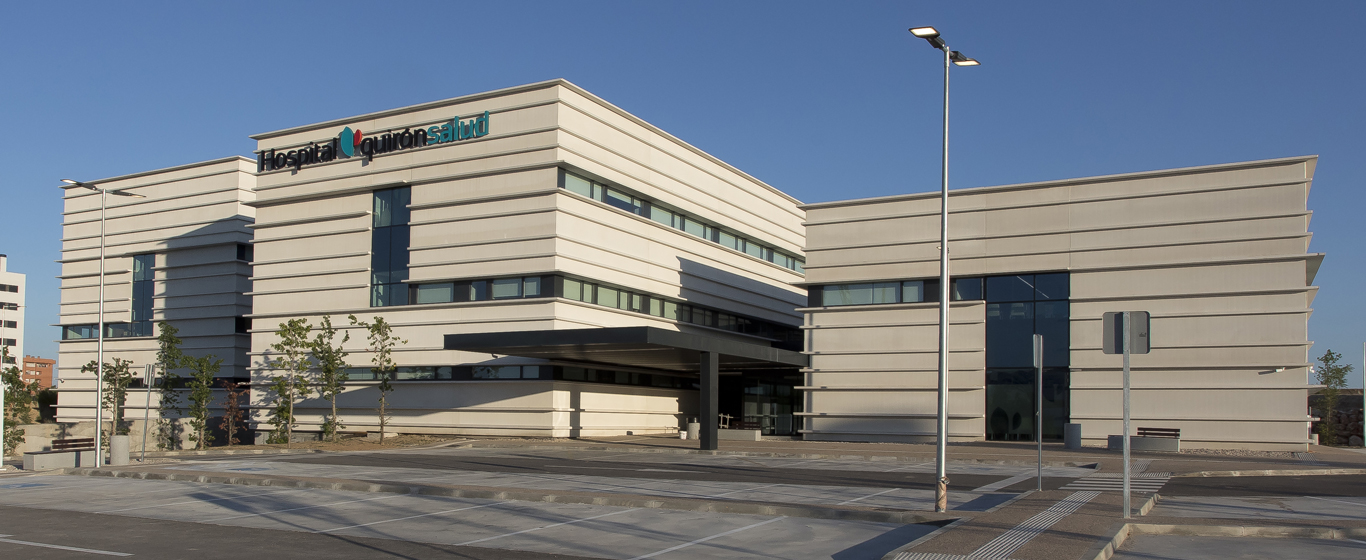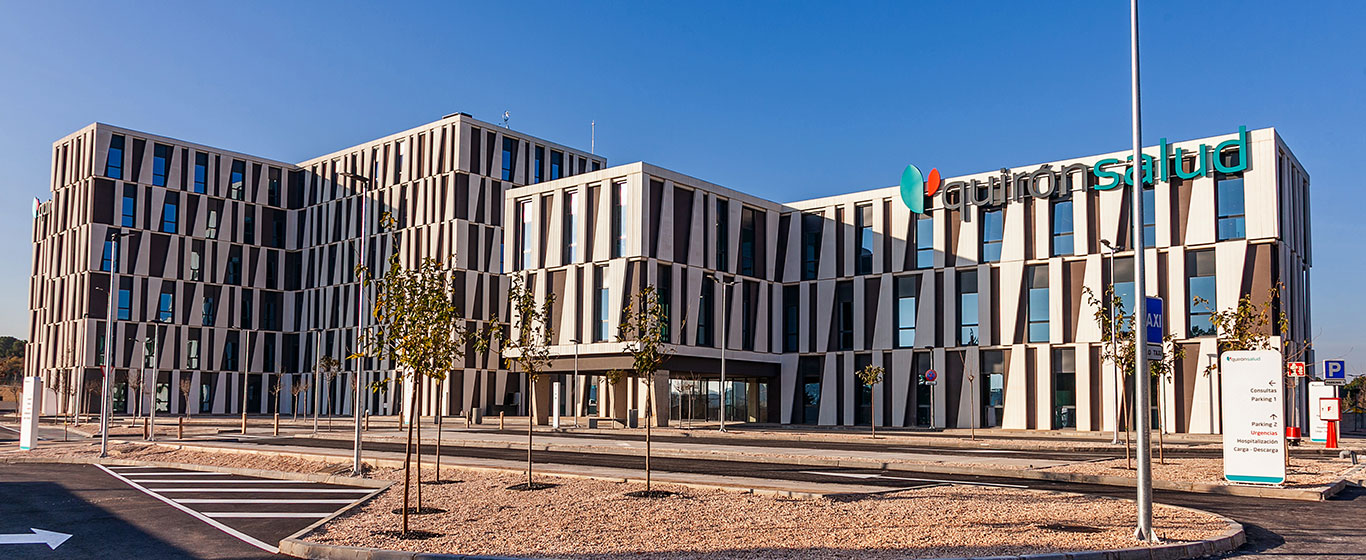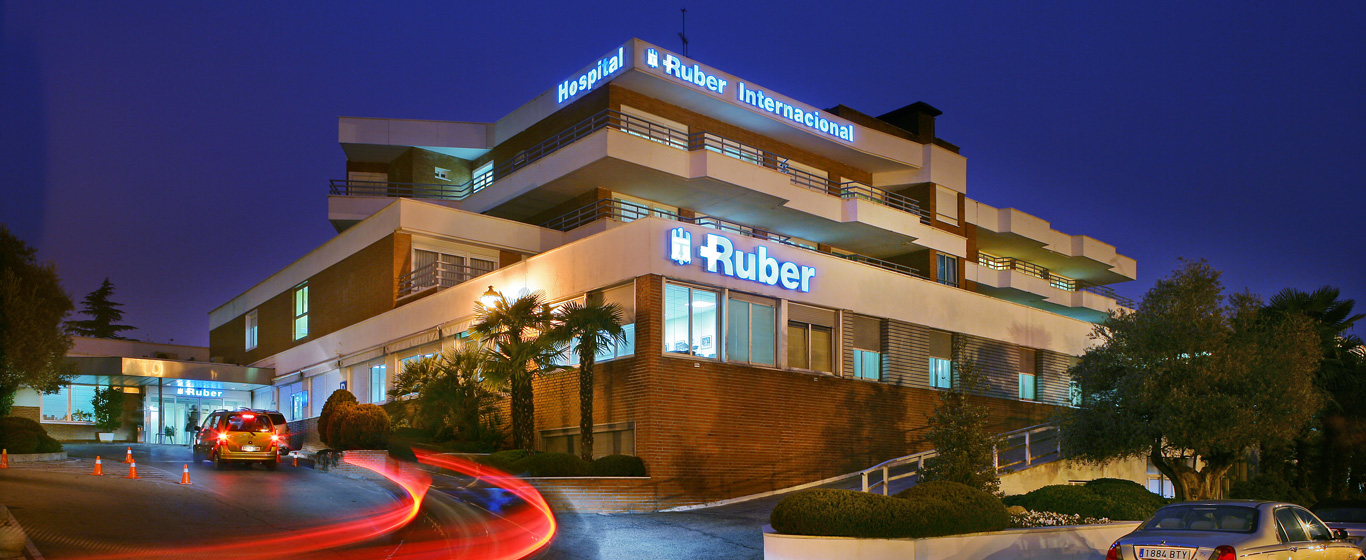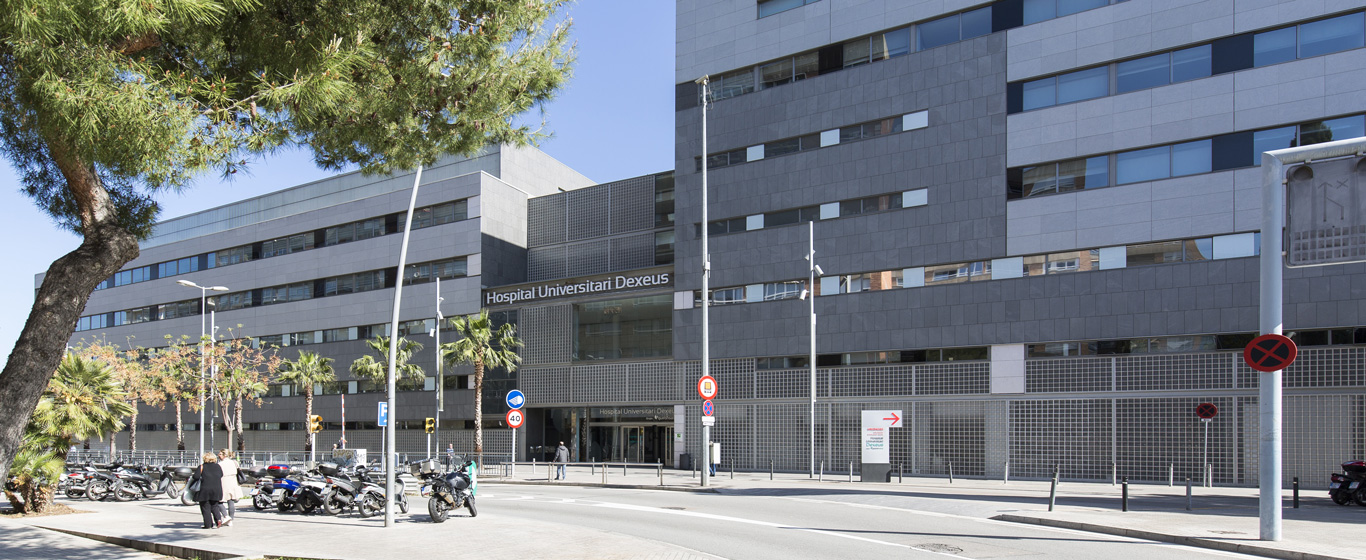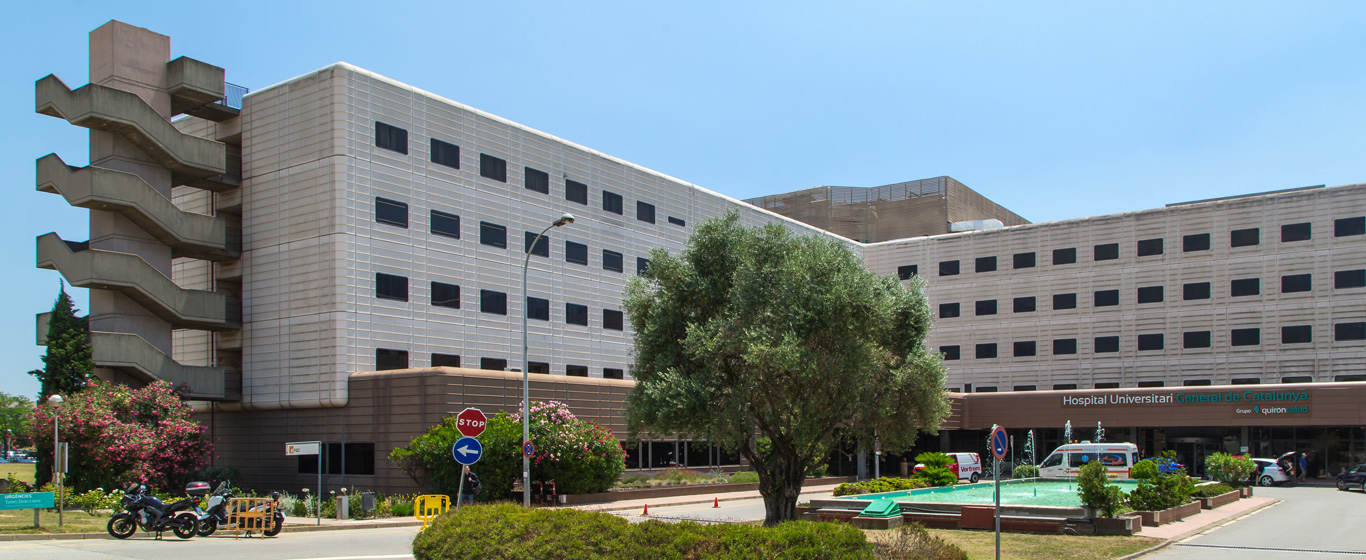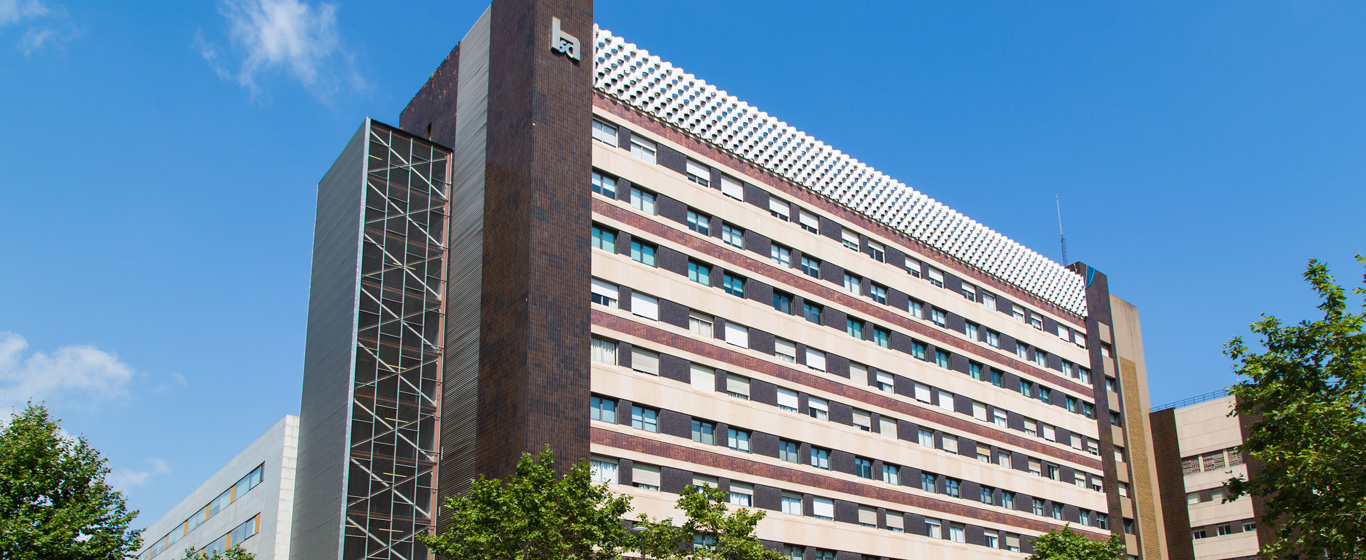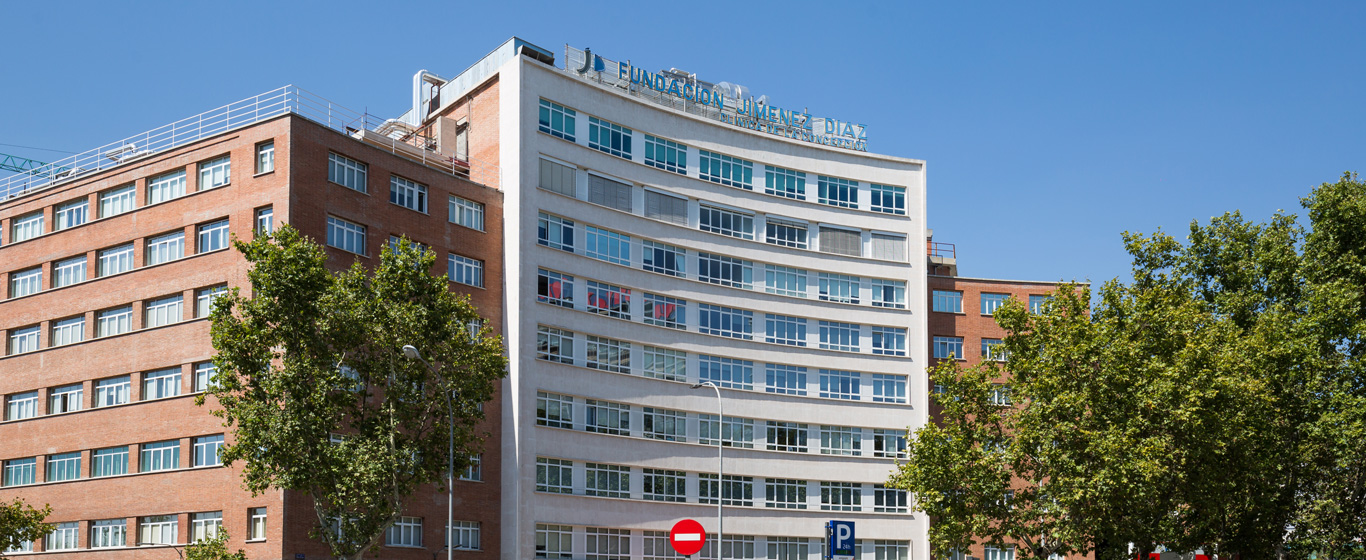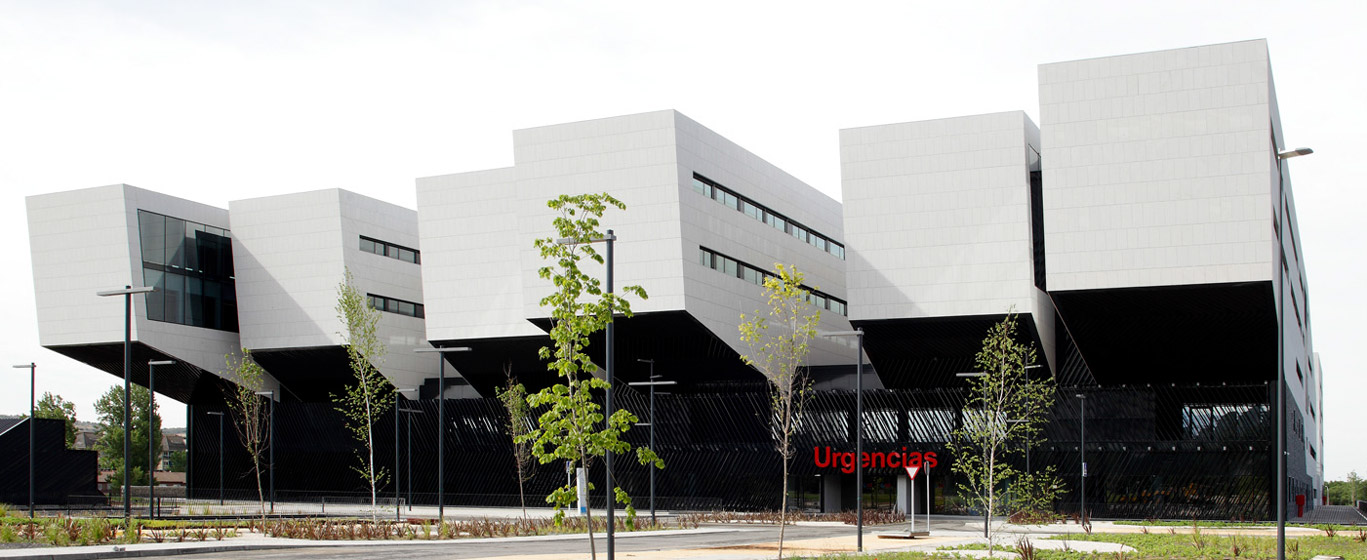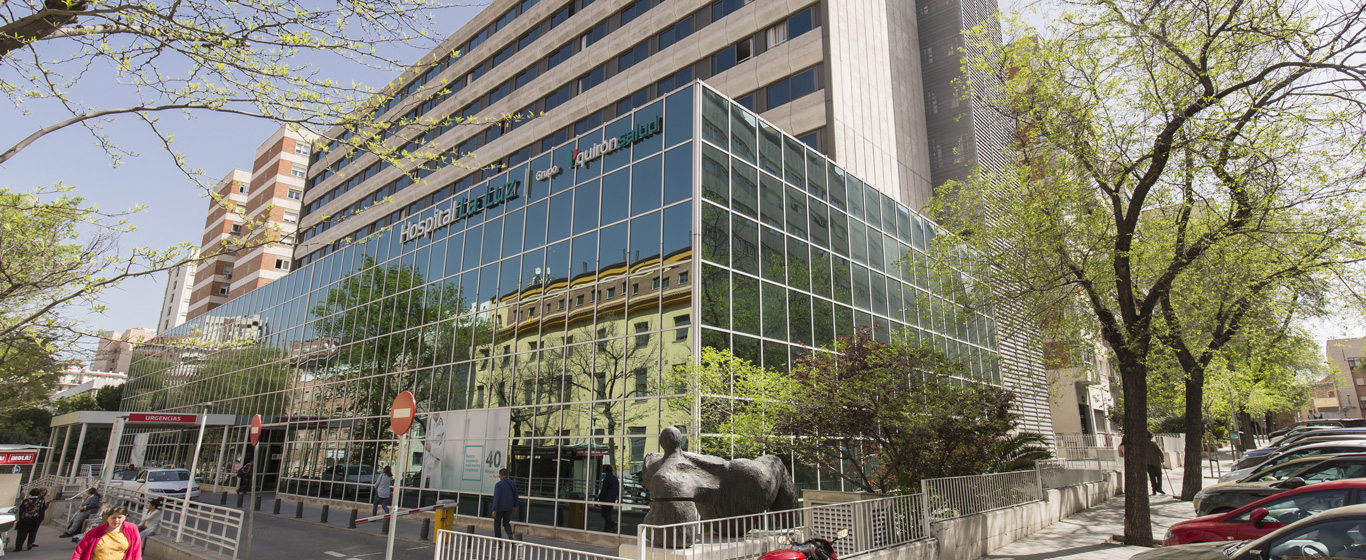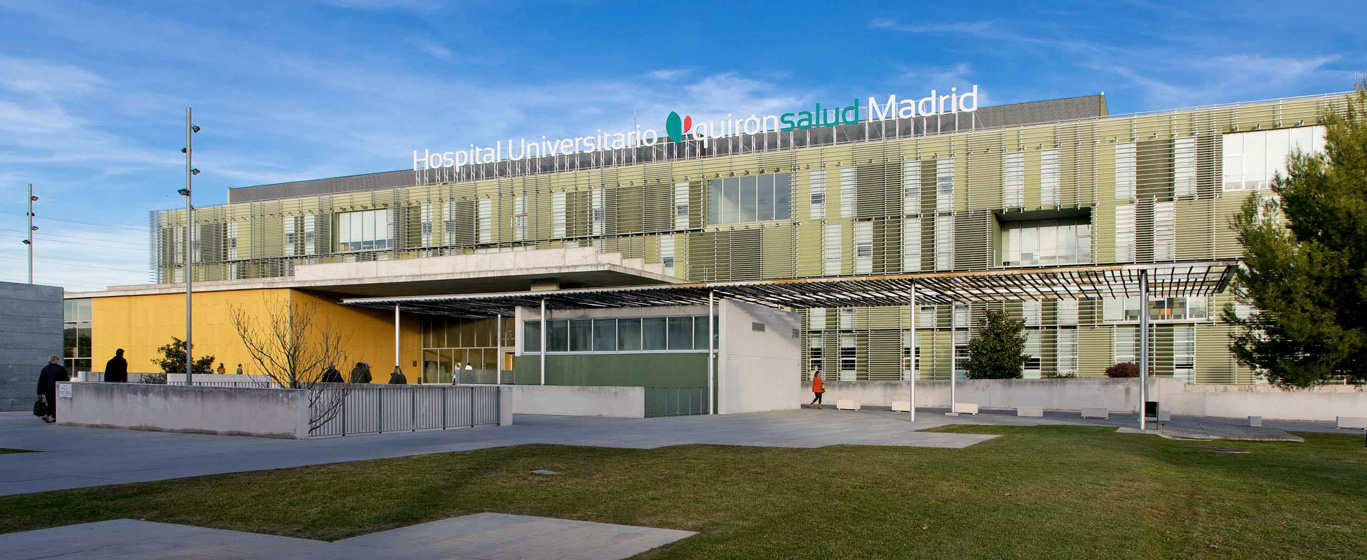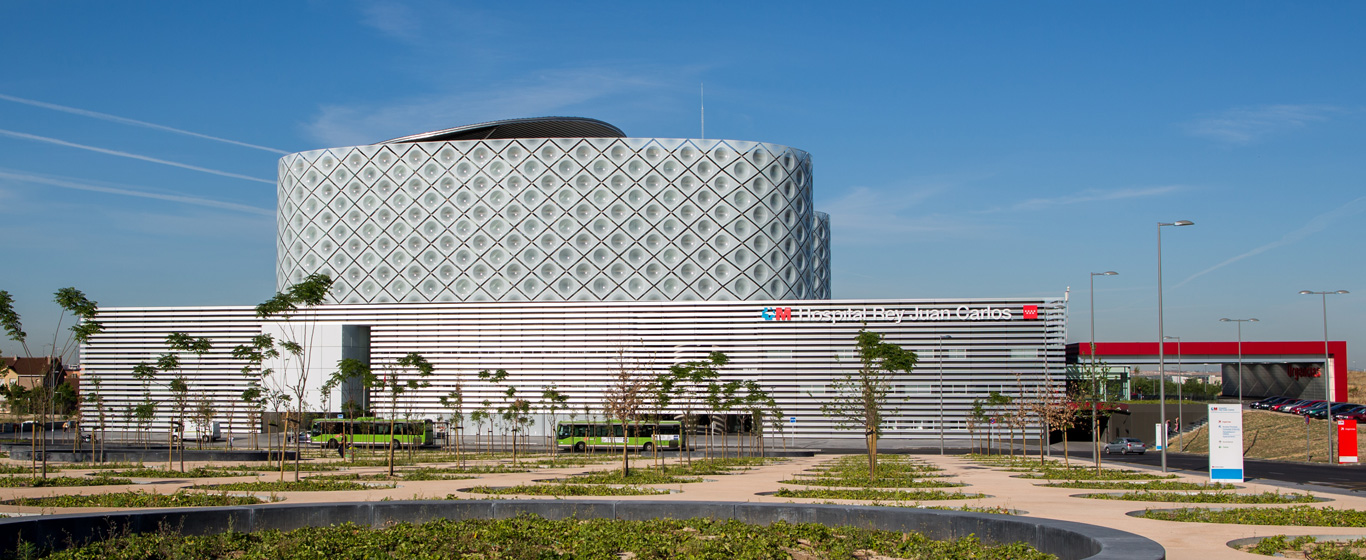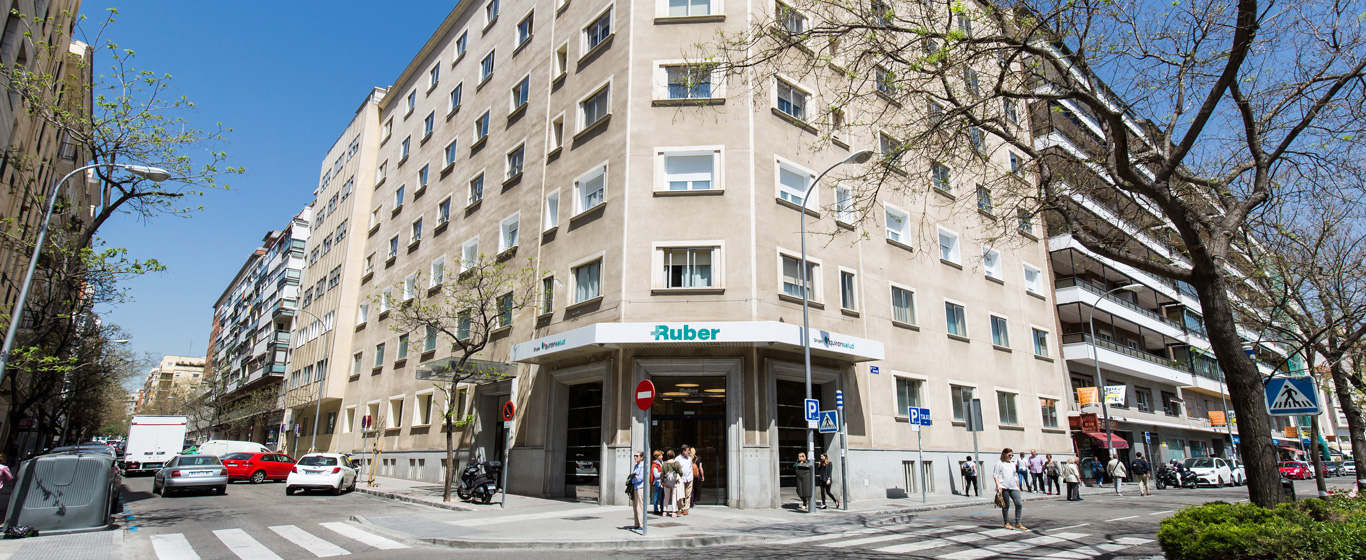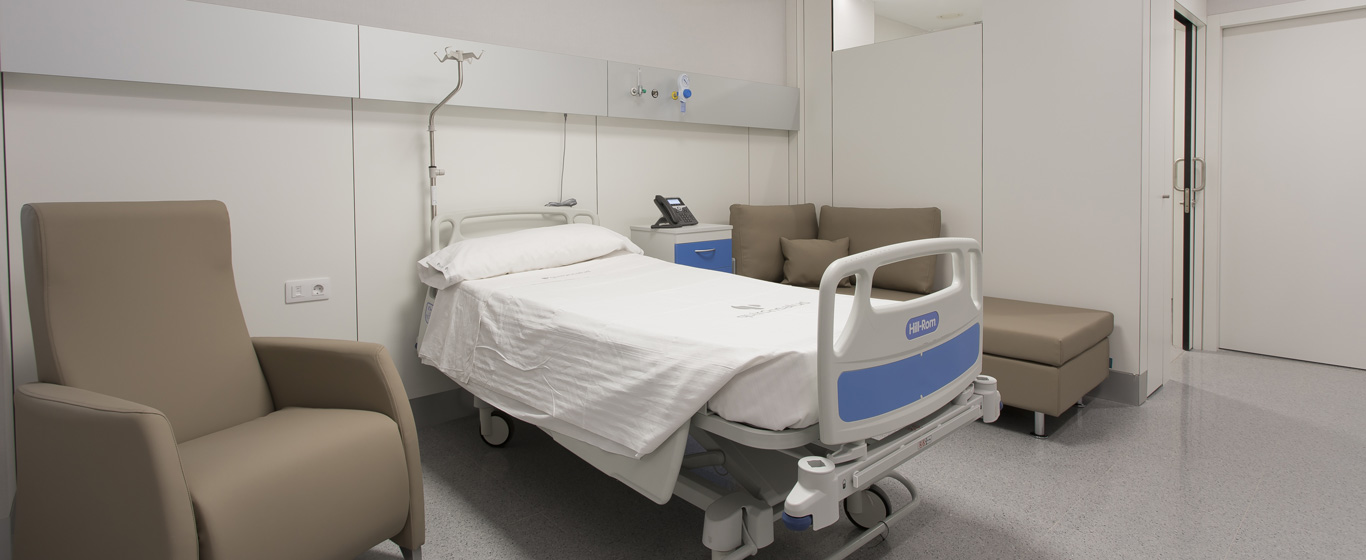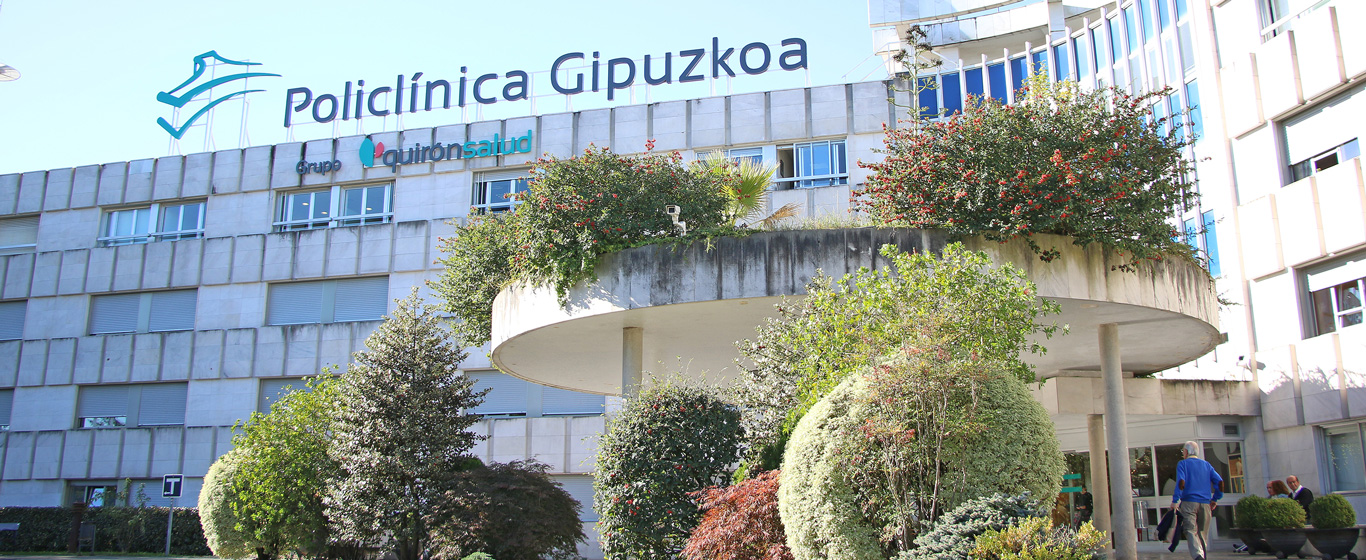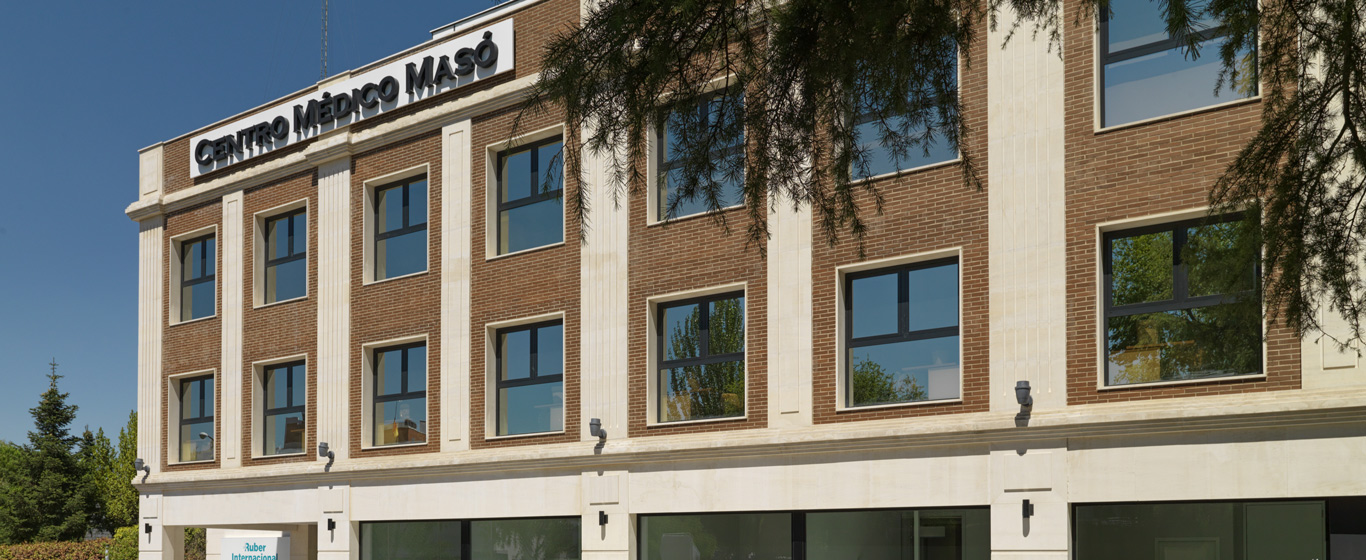Angiosarcoma
What is the prognosis for angiosarcomas? Get all the information about this disease: causes, symptoms, and treatments.
Symptoms and Causes
Angiosarcoma is a type of cancer that develops in the inner lining, or endothelium, of blood vessels (angiosarcoma) and lymphatic vessels (lymphangiosarcoma). It can affect any part of the body, though it most commonly appears on the skin of the head and neck, the breast, the liver, or the spleen. This is a rare soft tissue sarcoma, but it is highly aggressive and grows rapidly.
Symptoms
Visible symptoms of angiosarcoma appear when it affects the skin:
- A bruised area on the skin that grows over time and bleeds easily when scratched or bumped.
- Swelling around the bruised area.
If angiosarcoma affects internal organs, other symptoms may manifest:
- Liver angiosarcoma: abdominal pain, fatigue, weight loss, and jaundice.
- Heart angiosarcoma: chest pain, shortness of breath, palpitations, and fatigue.
- Breast angiosarcoma: pain and purplish nodules or lumps.
- Angiosarcoma in other organs and tissues: symptoms may include swelling, pain, and impaired organ function.
Causes
Angiosarcoma occurs due to abnormal and uncontrolled growth of endothelial cells in blood or lymphatic vessels. This growth is triggered by genetic alterations or mutations that affect the process of cell growth and division. These mutations may arise without an apparent cause (primary angiosarcoma) or be associated with certain risk factors (secondary angiosarcoma).
Risk Factors
The following conditions increase the risk of developing angiosarcomas:
- Chronic lymphedema: a disease characterized by the accumulation of lymphatic fluid in tissues due to damage to the lymphatic system.
- Previous radiation therapy treatment.
- Exposure to chemicals such as arsenic and vinyl chloride. This is linked to liver angiosarcoma.
- Genetic disorders, such as neurofibromatosis, Maffucci syndrome, or Klippel-Trenaunay syndrome.
- Inherited mutations in the BRCA1 and BRCA2 genes, which cause abnormal cell growth.
Complications
In general, the prognosis for angiosarcoma is poor. This cancer has a very high tendency to metastasize, often spreading to other organs and tissues such as the lungs or bones. Due to the cancer’s aggressiveness, the spread occurs rapidly. Metastasis makes treatment more difficult and significantly reduces survival rates. Additionally, angiosarcoma has a high recurrence rate.
Prevention
To help prevent angiosarcoma, certain measures can be taken to reduce some of its risk factors, such as protecting the skin from solar radiation and avoiding exposure to harmful chemicals.
Which Doctor Treats Angiosarcoma?
Angiosarcomas are diagnosed and treated by specialists in medical and radiation oncology, as well as surgical dermatologists and cardiovascular or general surgeons.
Diagnosis
The diagnosis of angiosarcoma is based on the following tests:
- Imaging tests to visualize the tumor's location, size, and extent. These exams may include magnetic resonance imaging (MRI), ultrasounds, computed tomography (CT) scans, or positron emission tomography (PET) scans.
- Biopsy: A sample is taken from the suspected mass or tissue to confirm the presence of cancer. The sample may be obtained through fine-needle aspiration or surgery.
Treatment
The treatment for angiosarcoma depends on the cancer's location, stage, and extent. Options include:
- Surgical removal: The angiosarcoma is excised along with some surrounding healthy tissue. If the angiosarcoma is very large or has spread to other areas, surgery may not be an option.
- Radiation therapy: This treatment destroys cancer cells by applying high-energy beams, such as X-rays or protons, to the affected area. It may be used instead of surgery or after surgery to eliminate any remaining cancerous tissue.
- Chemotherapy: Cancer cells are eliminated through the administration of drugs that halt cell growth. It is often combined with radiation therapy in cases of metastasis and when surgery is not possible.
- Targeted therapy: Medications are used to attack specific molecules in tumor cells to slow their growth.
- Immunotherapy: Medications are administered to trigger an immune system response that destroys the tumor or slows its growth.




